
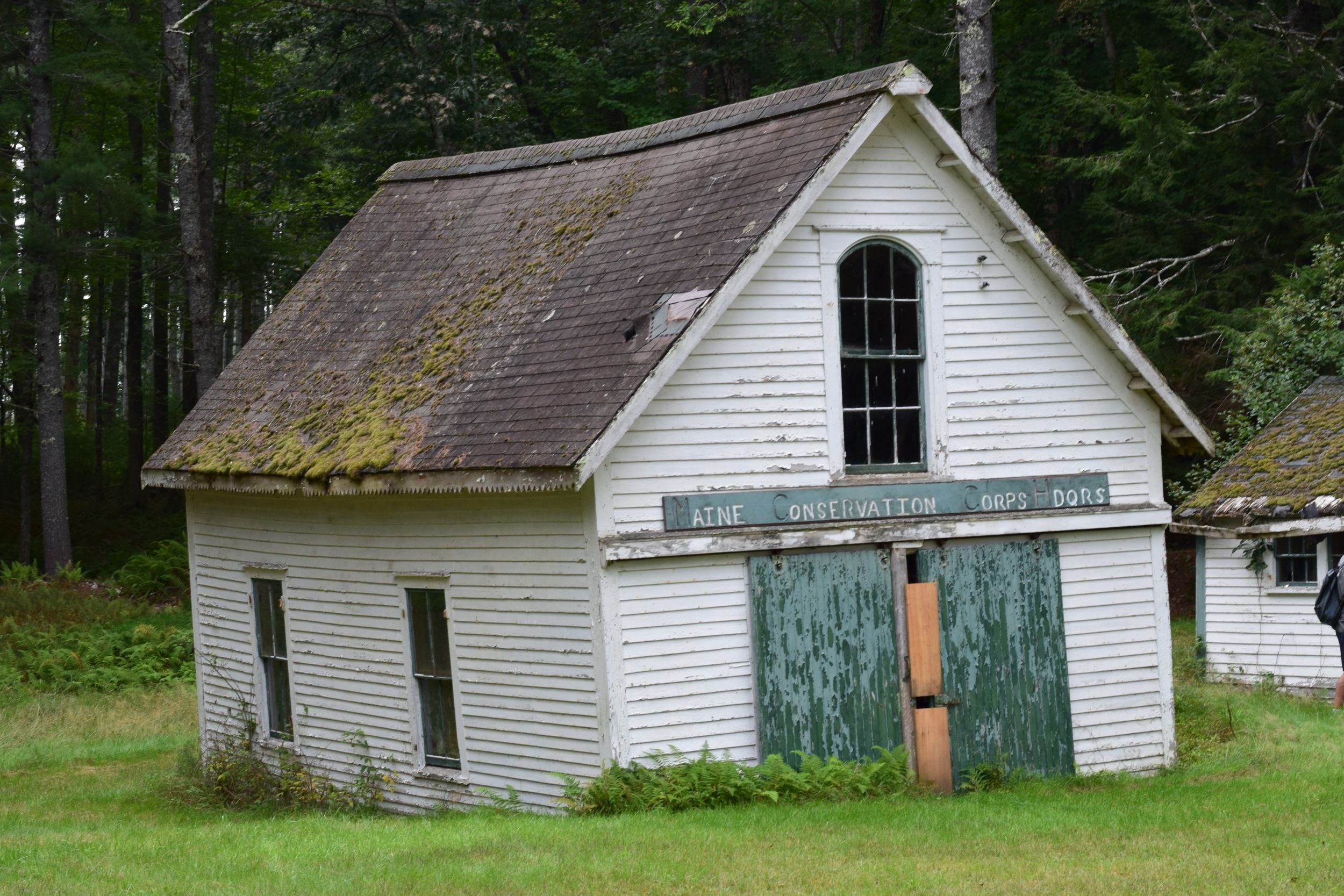
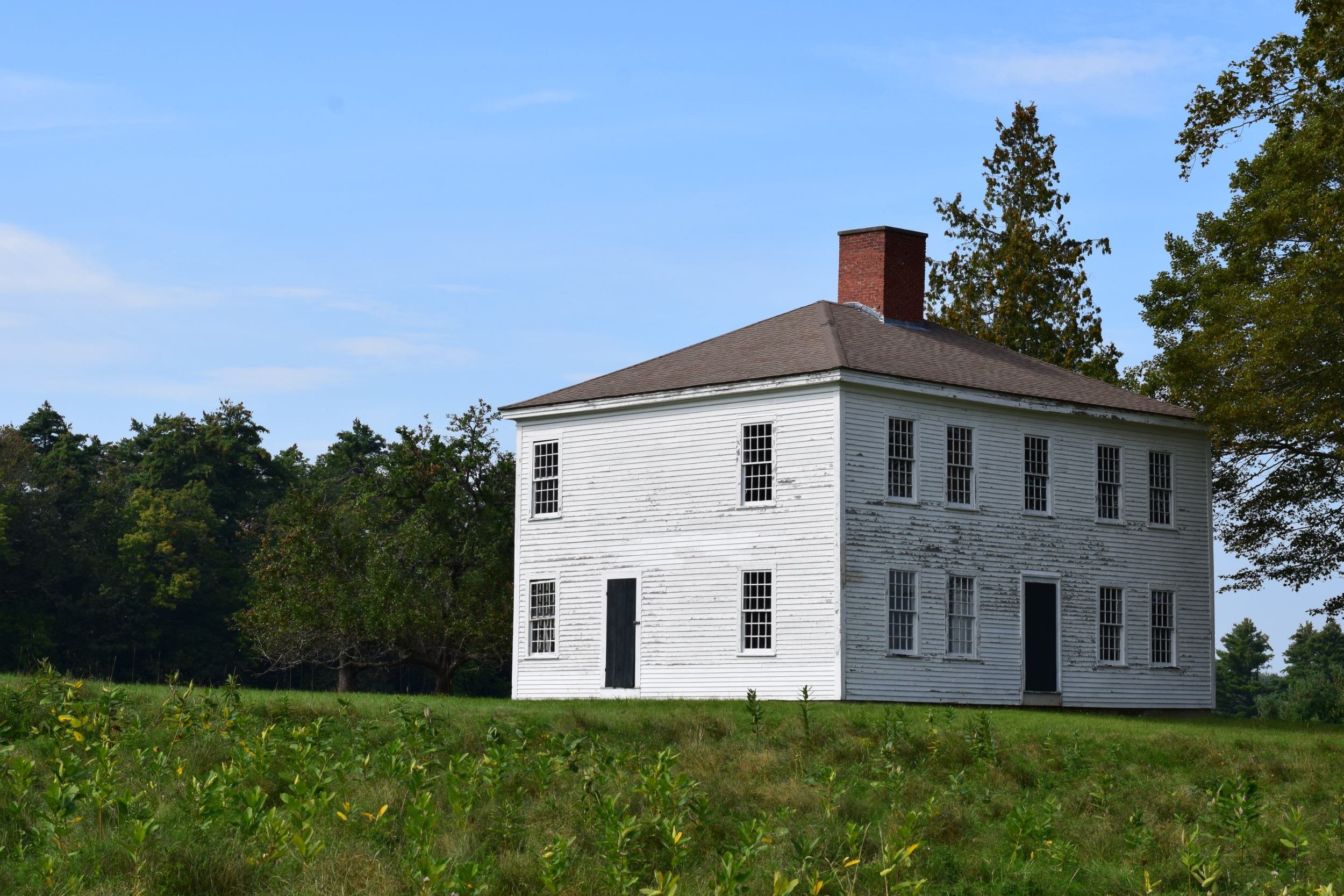

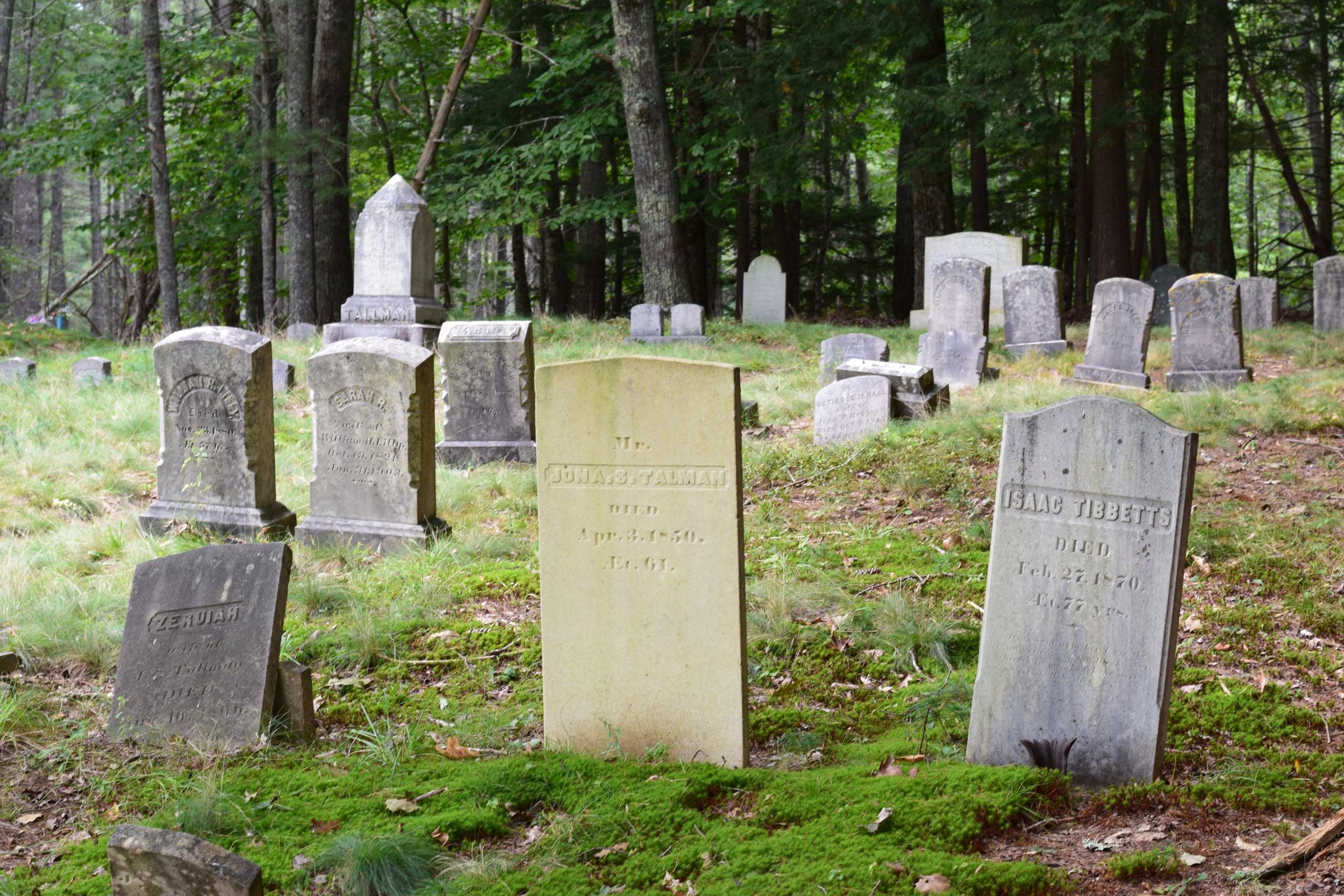
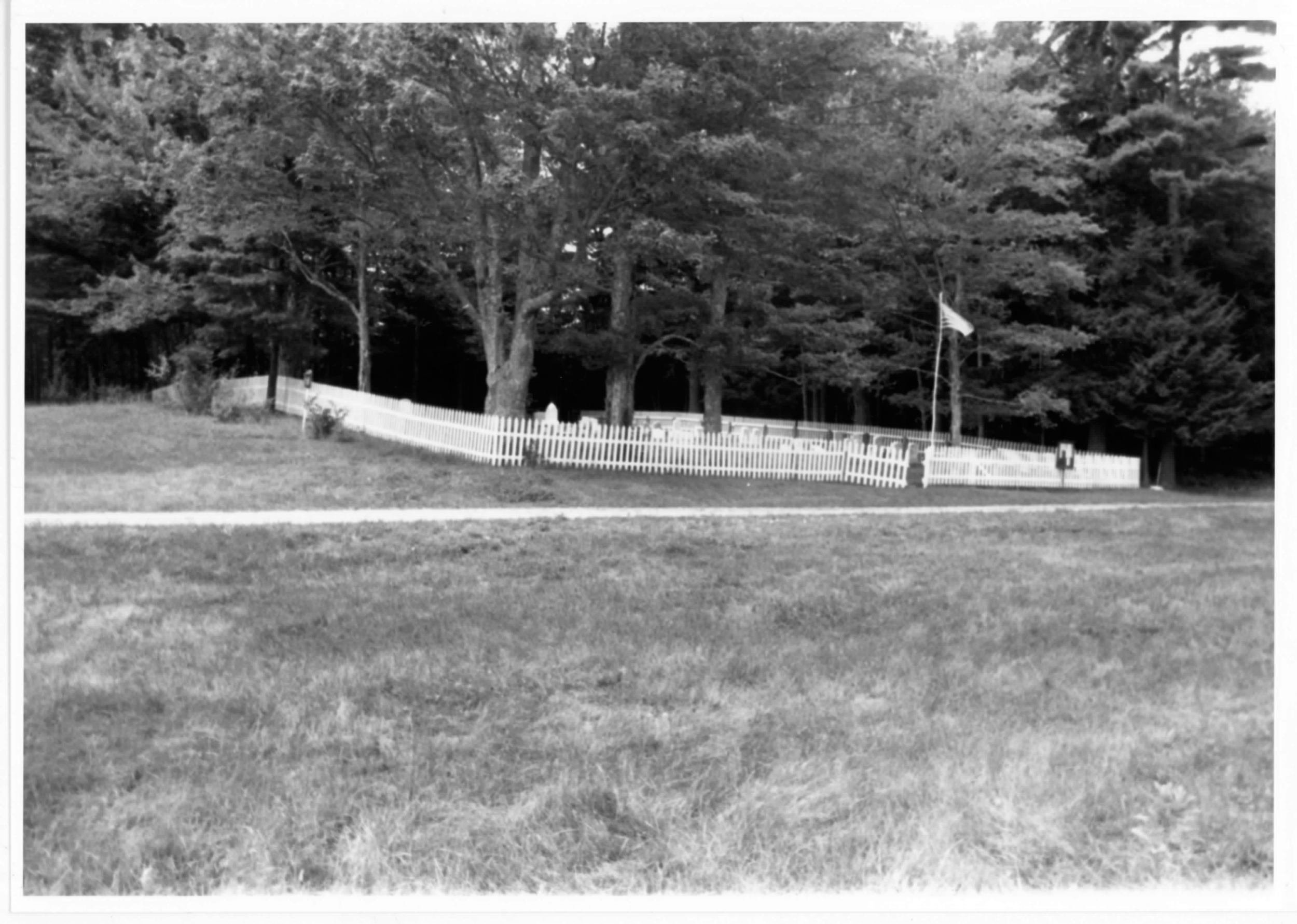
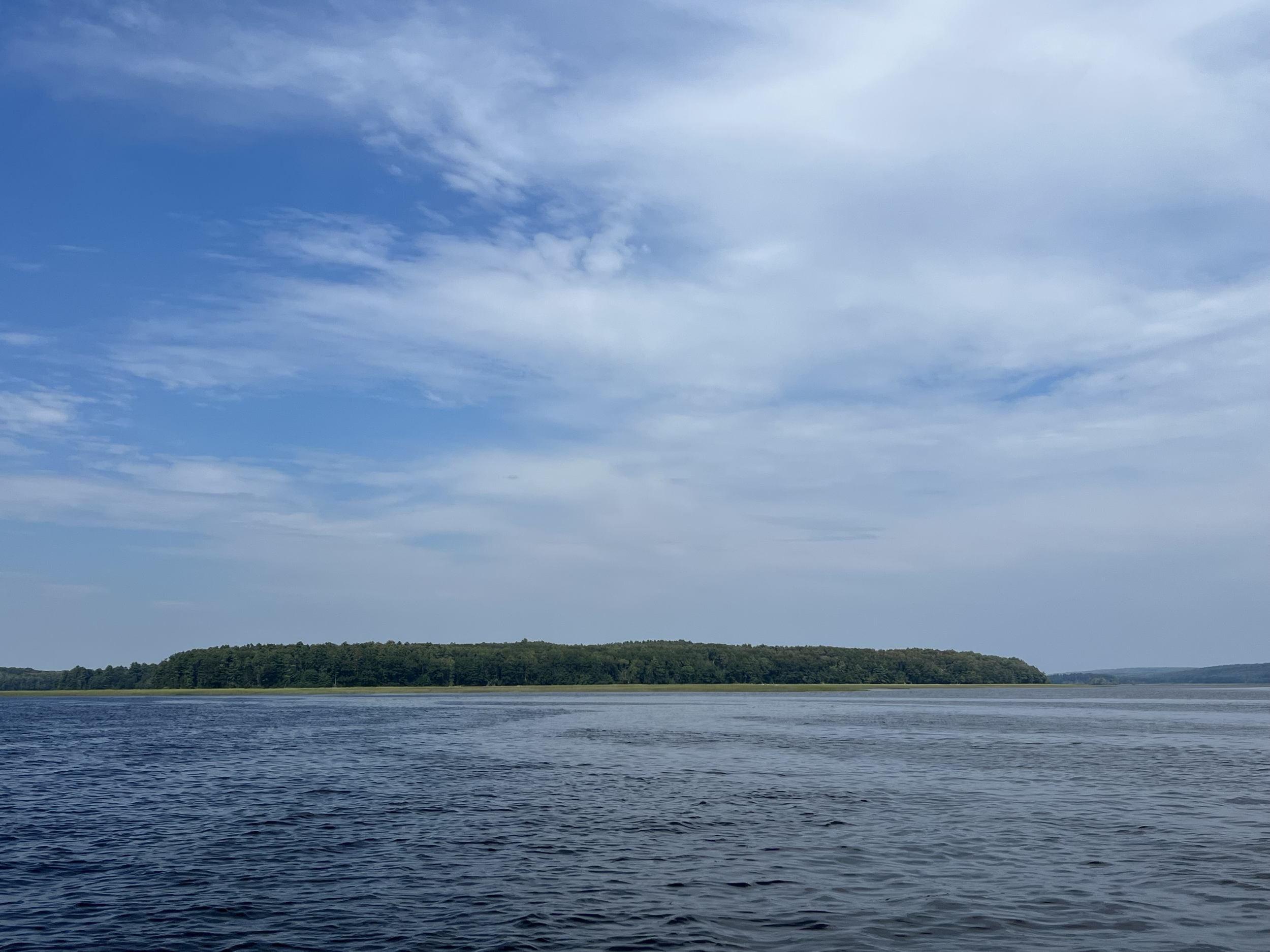
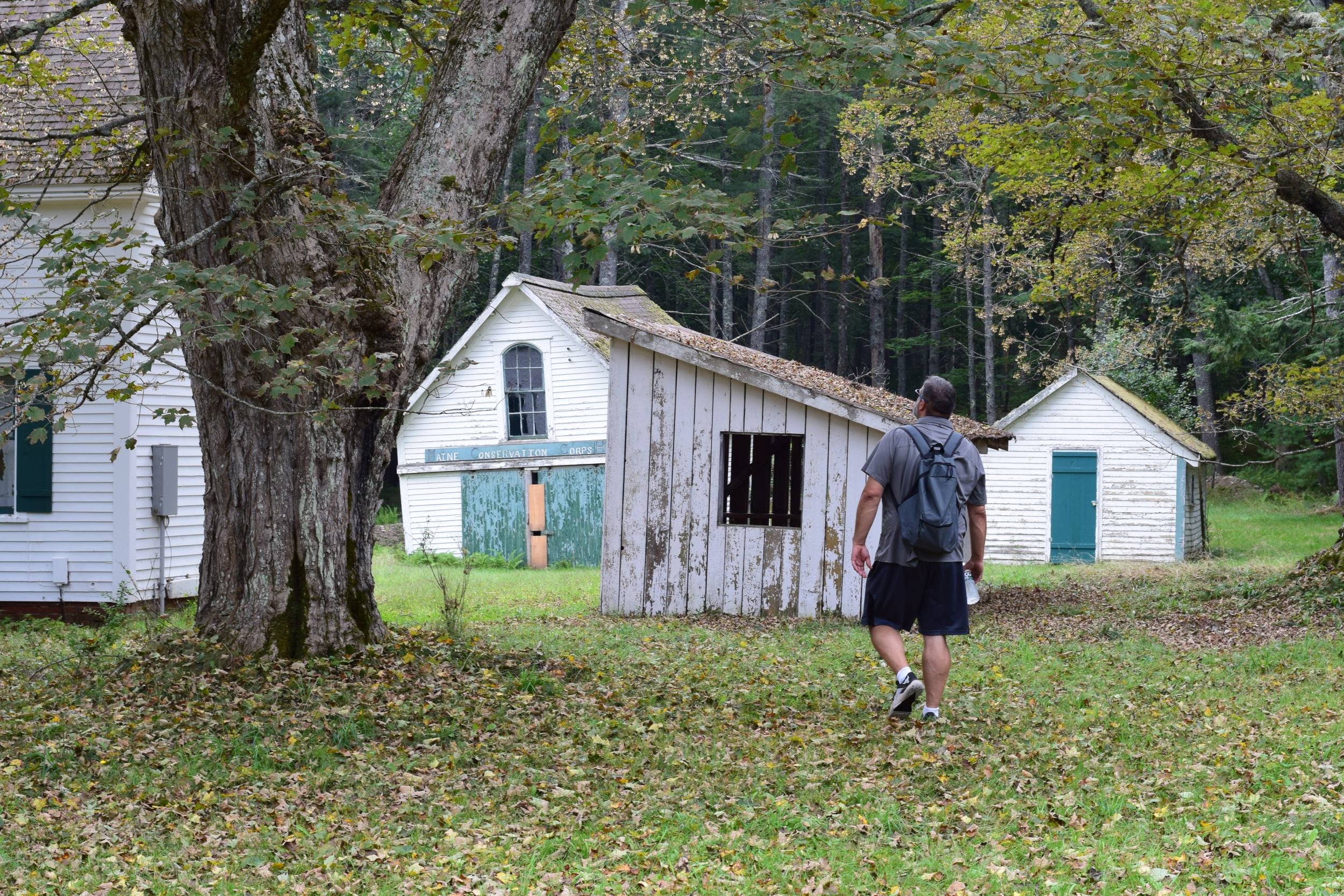

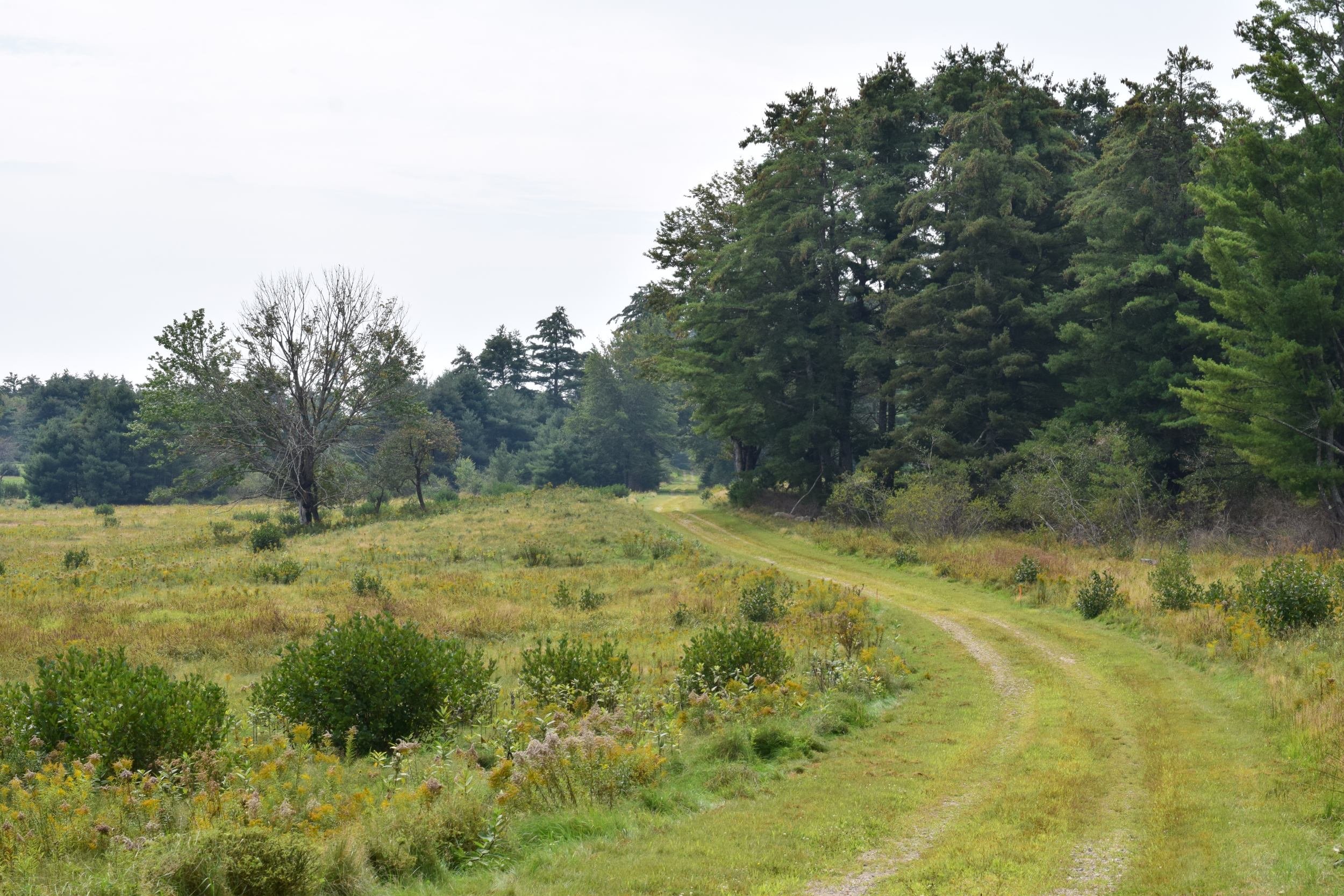
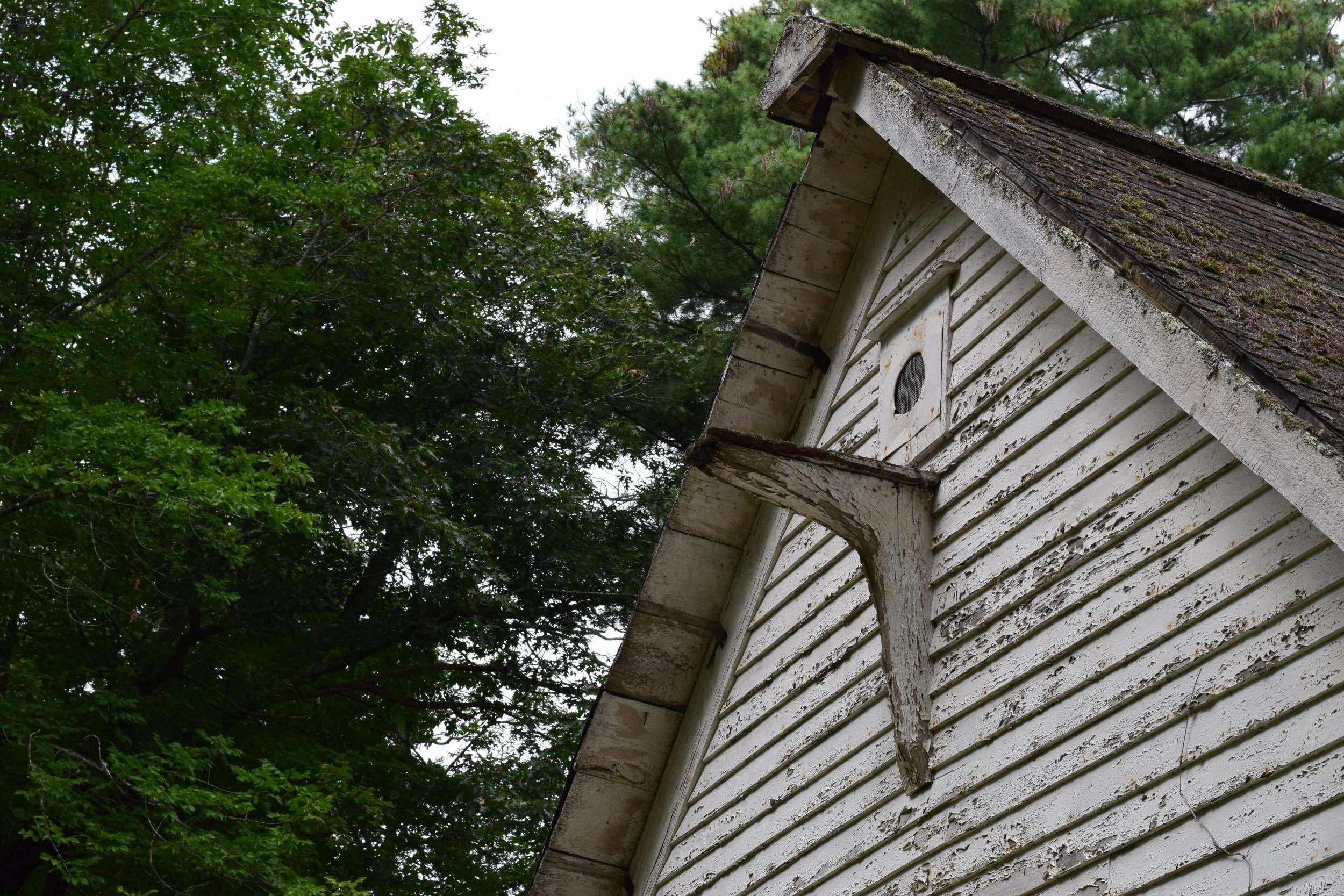
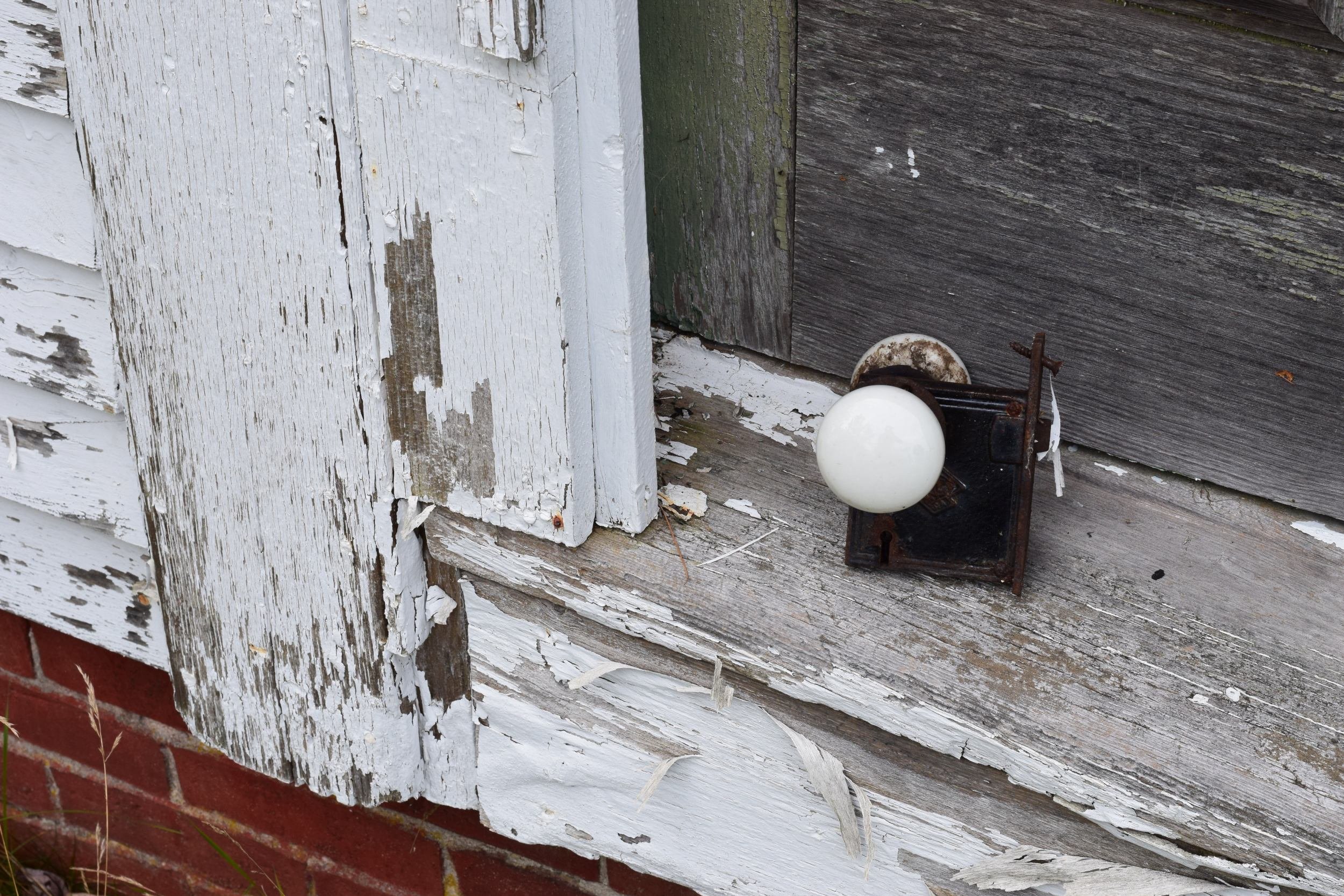
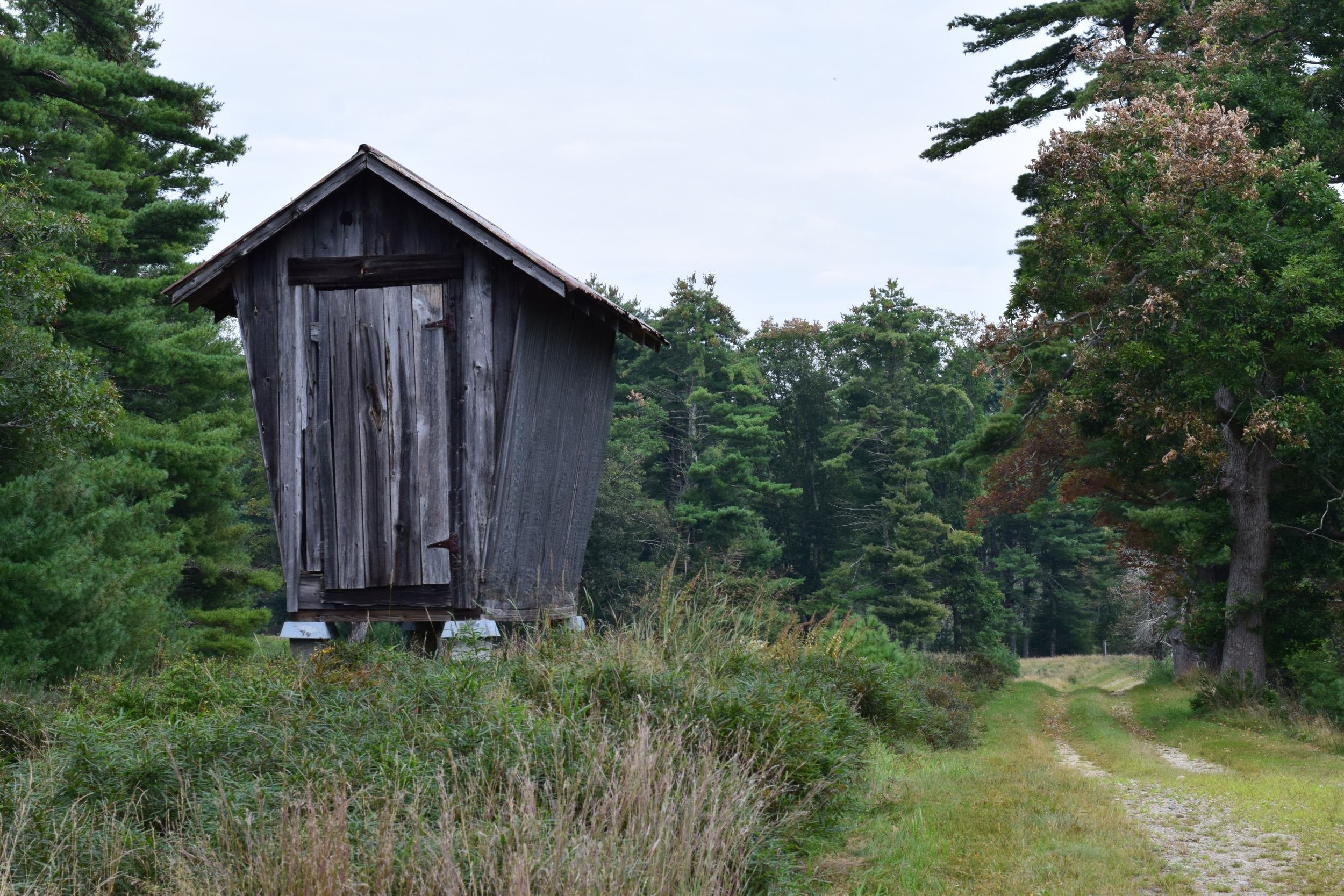
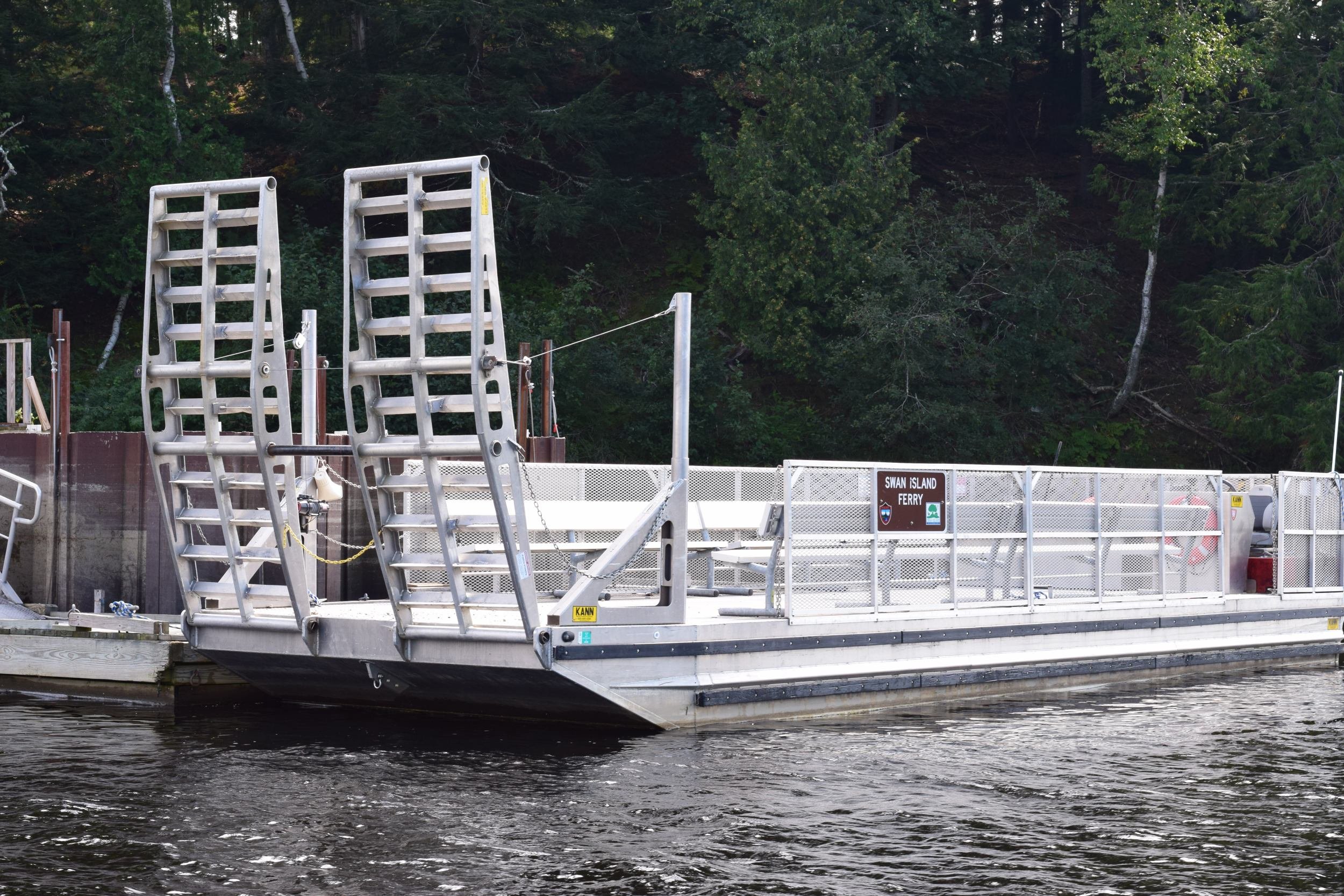
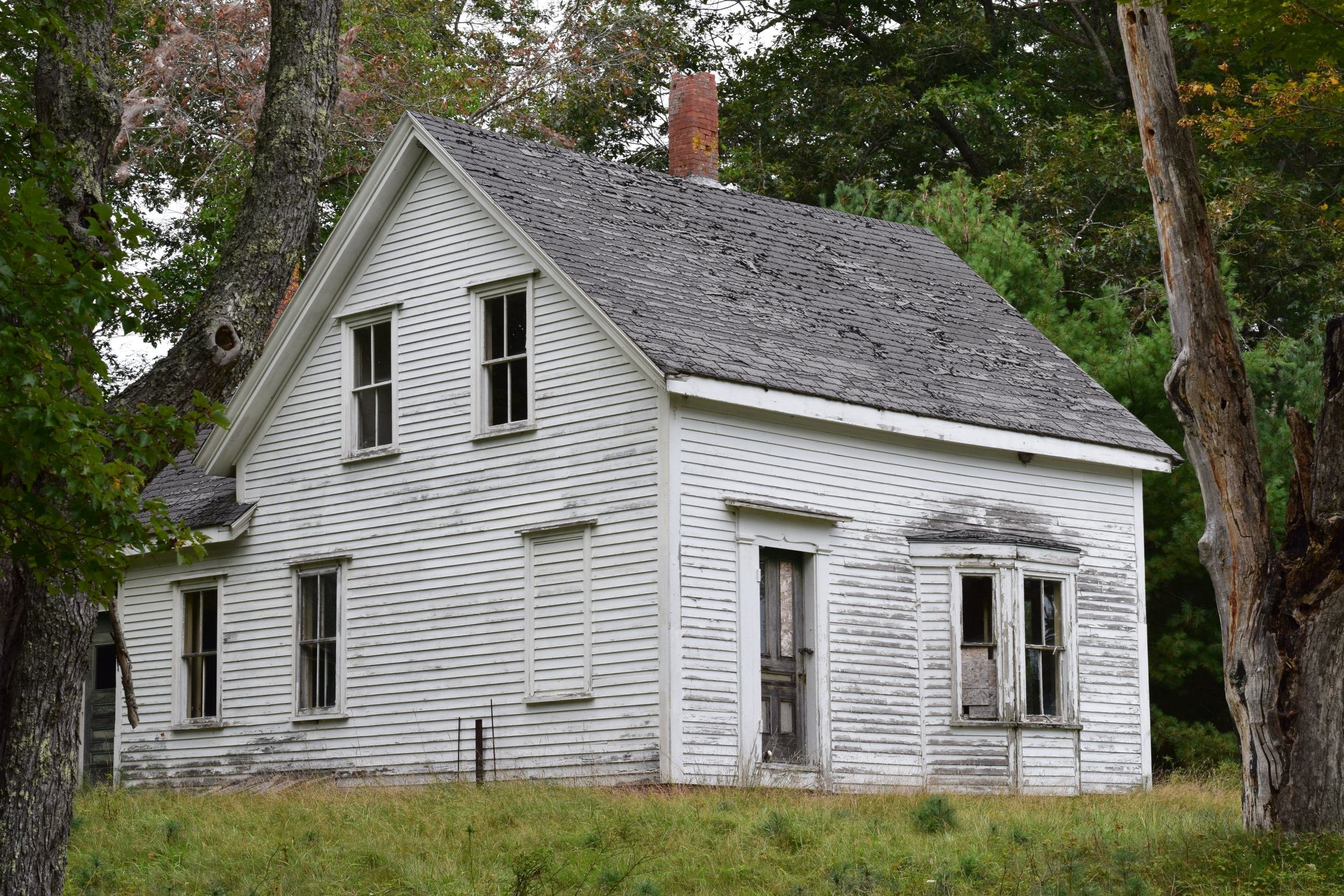
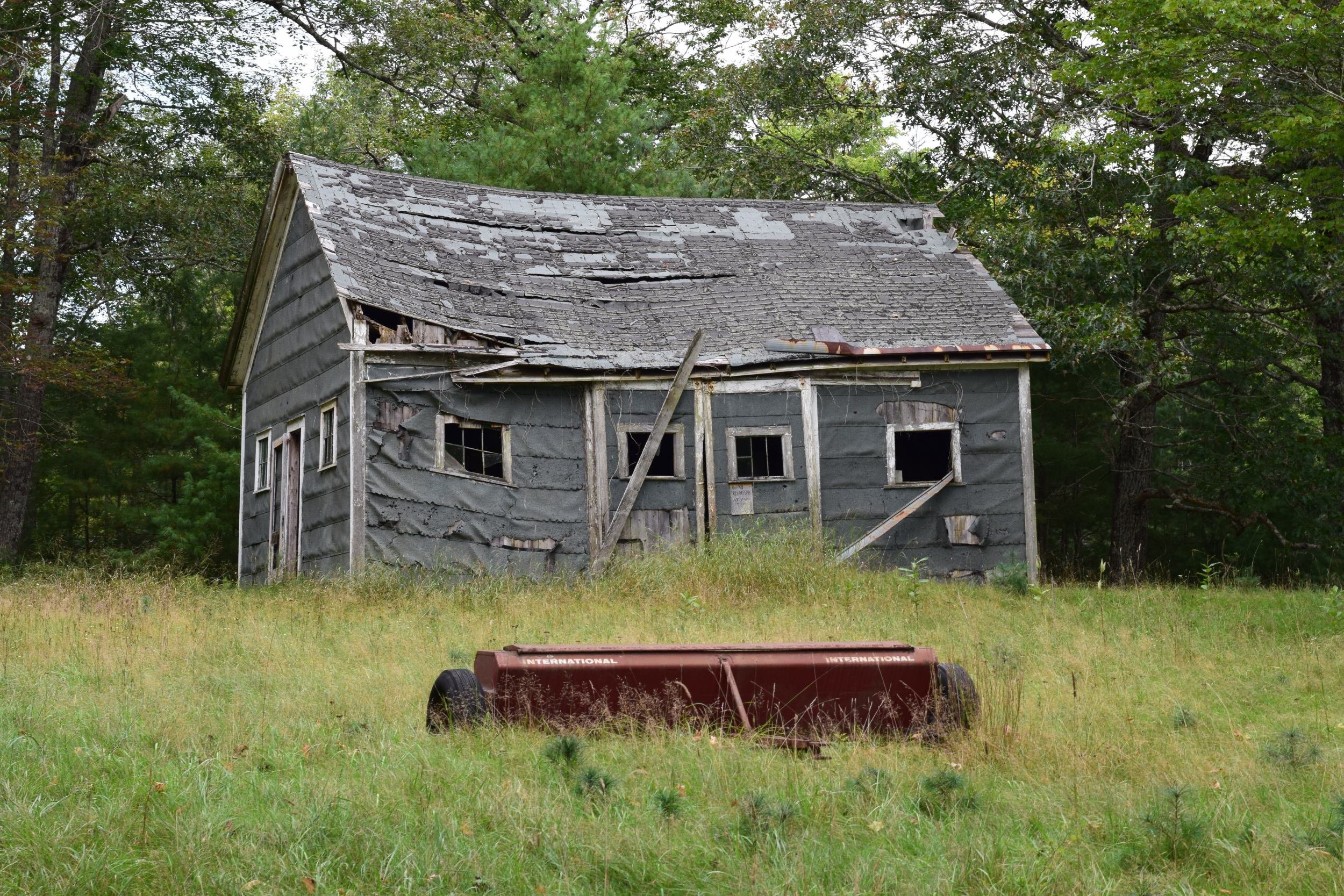

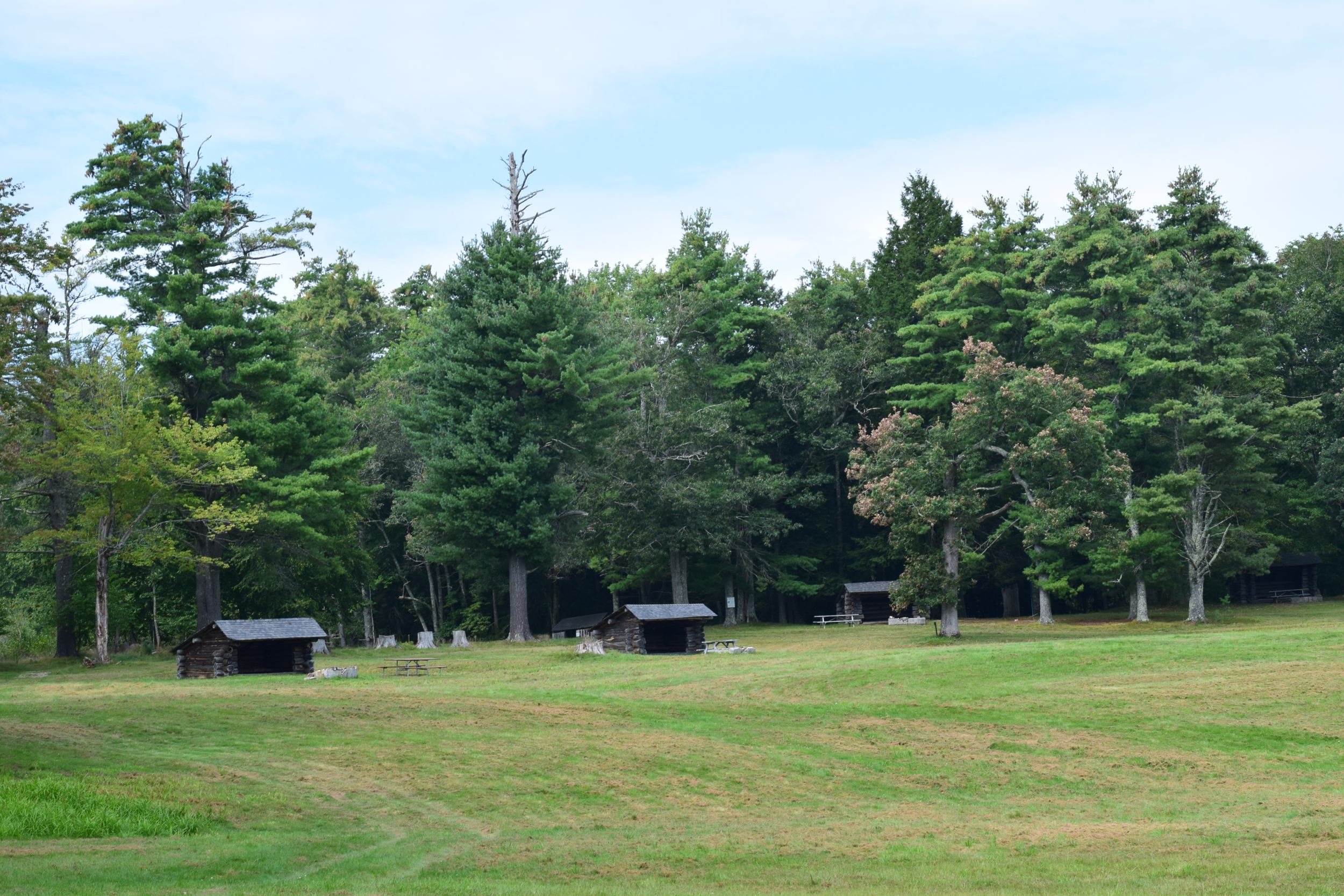
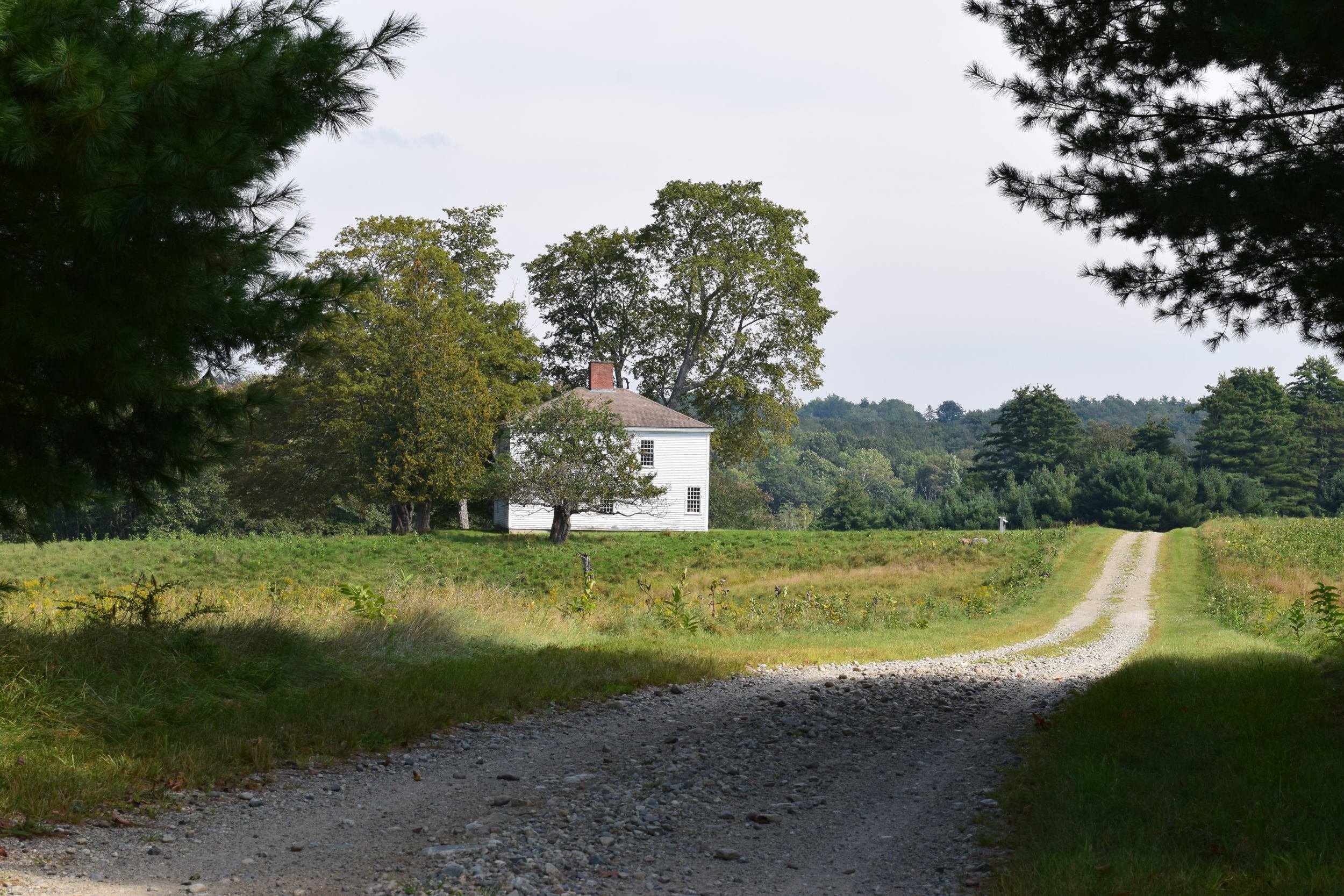
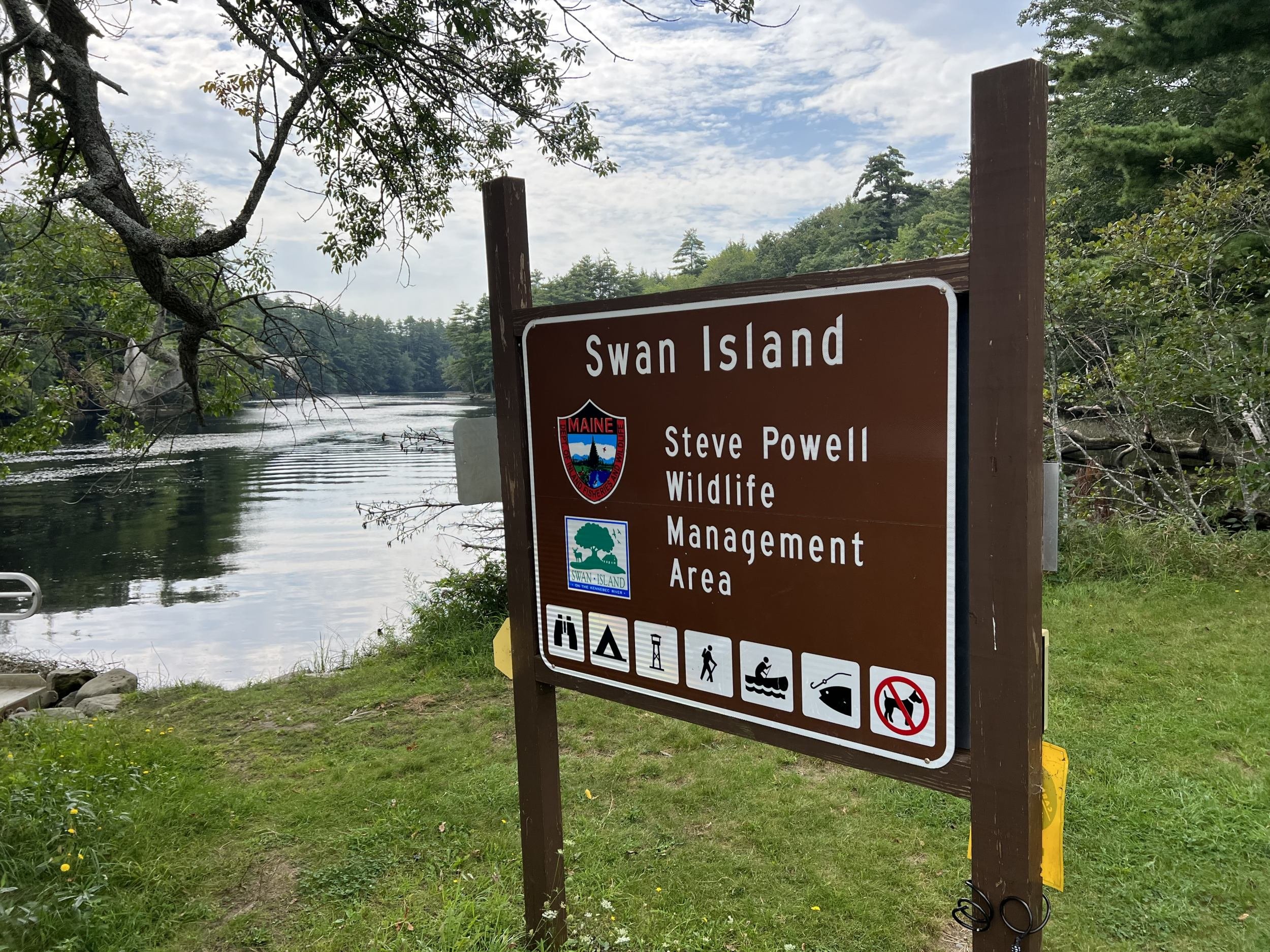
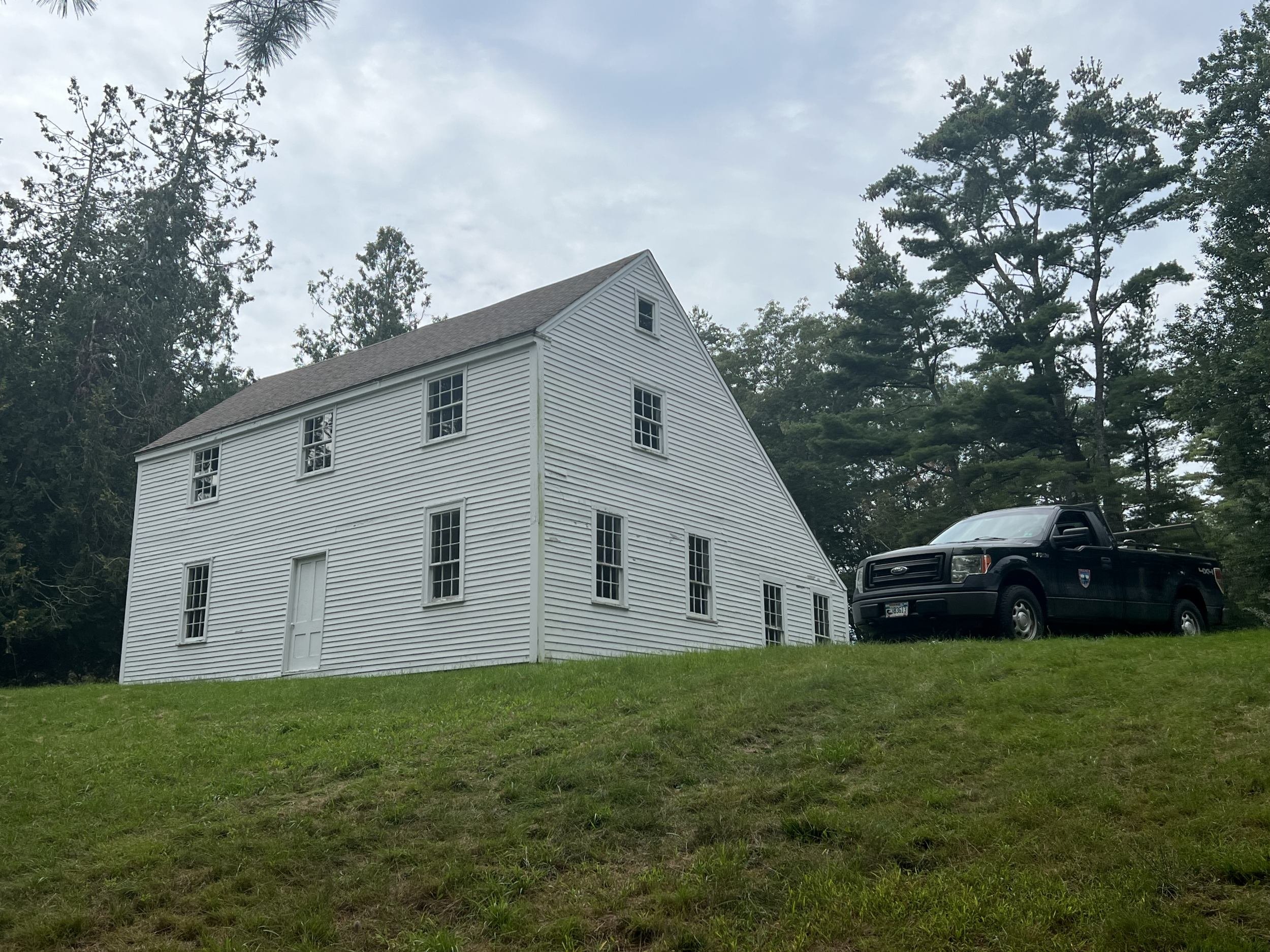
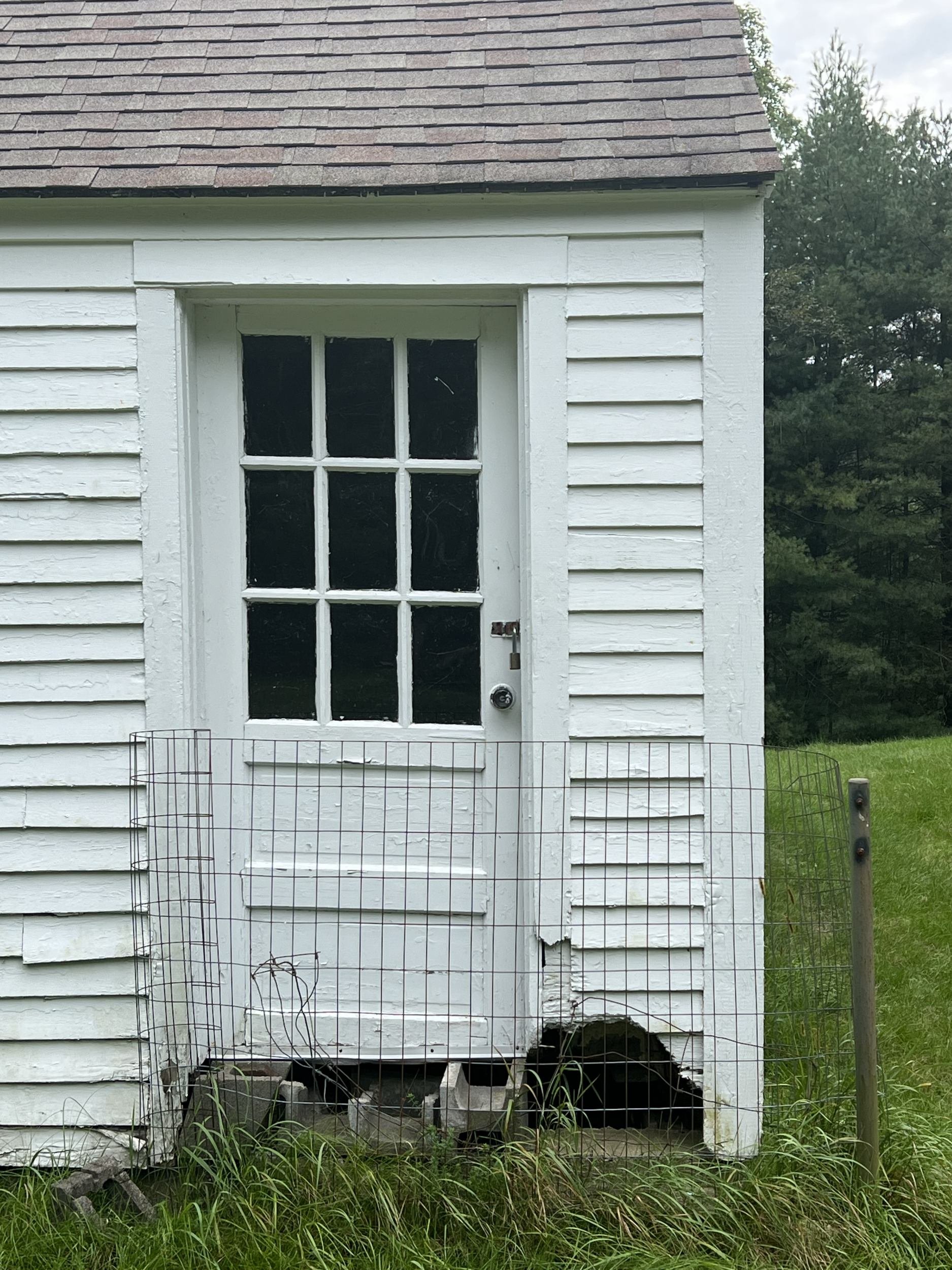

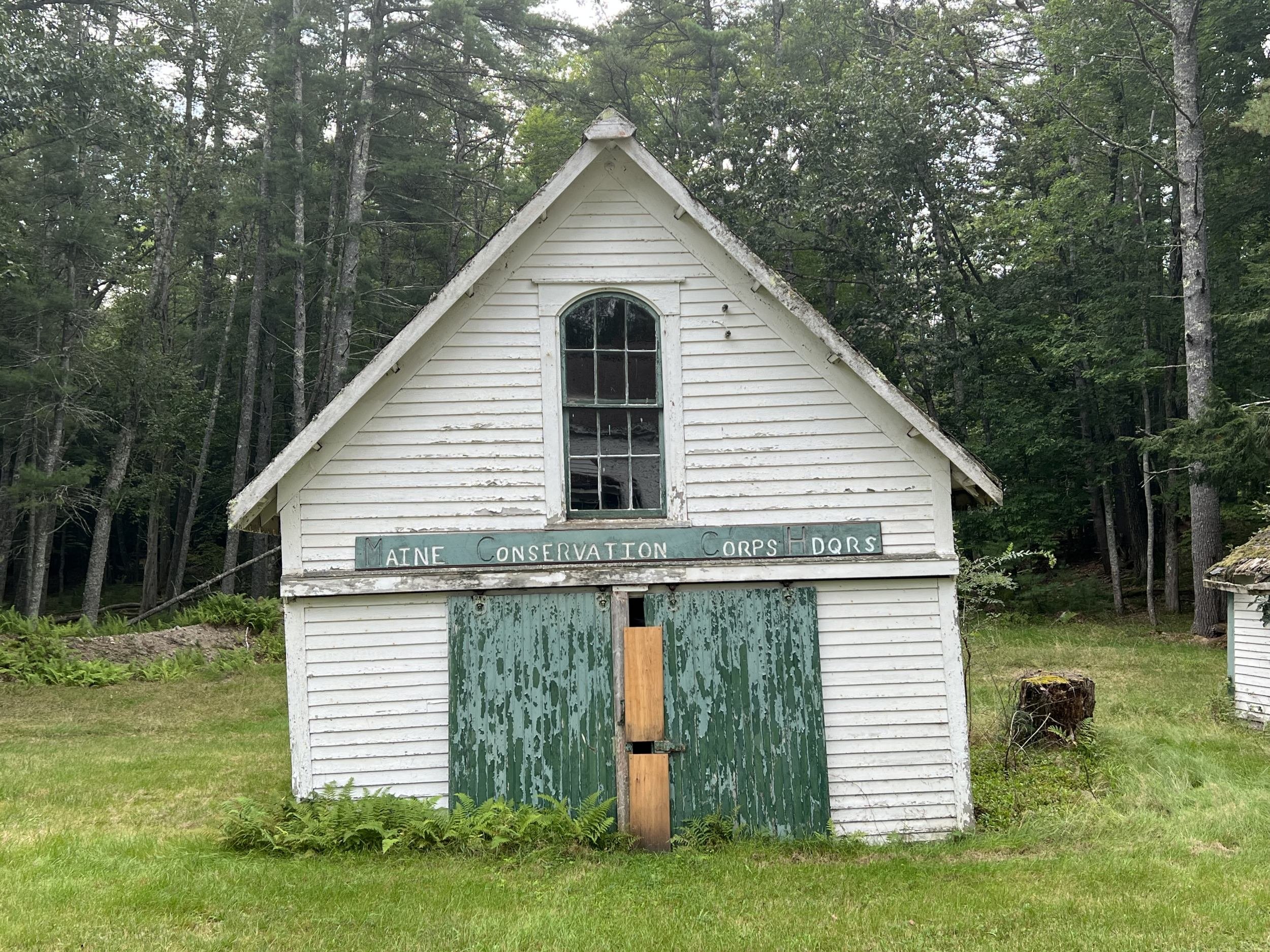
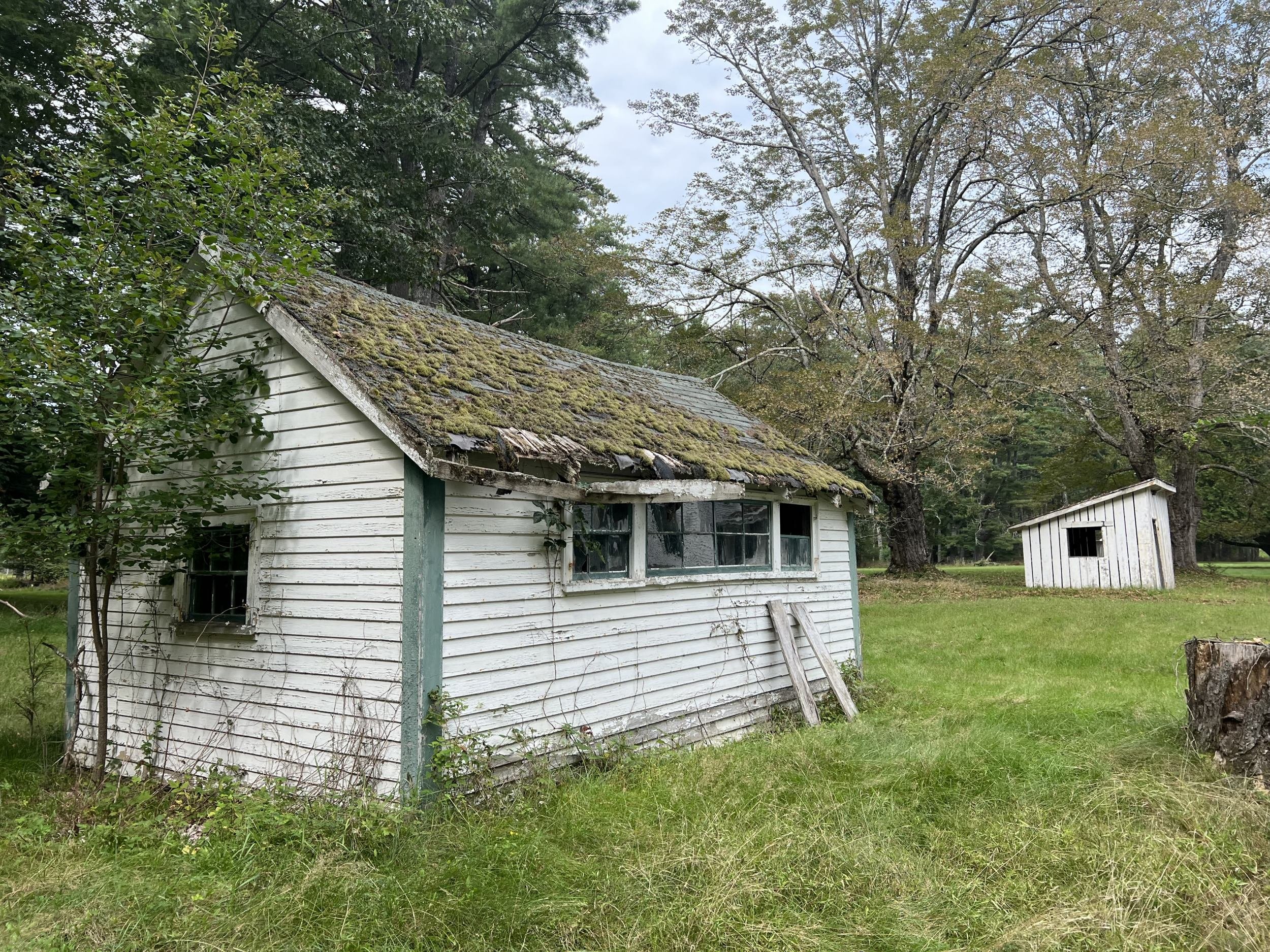
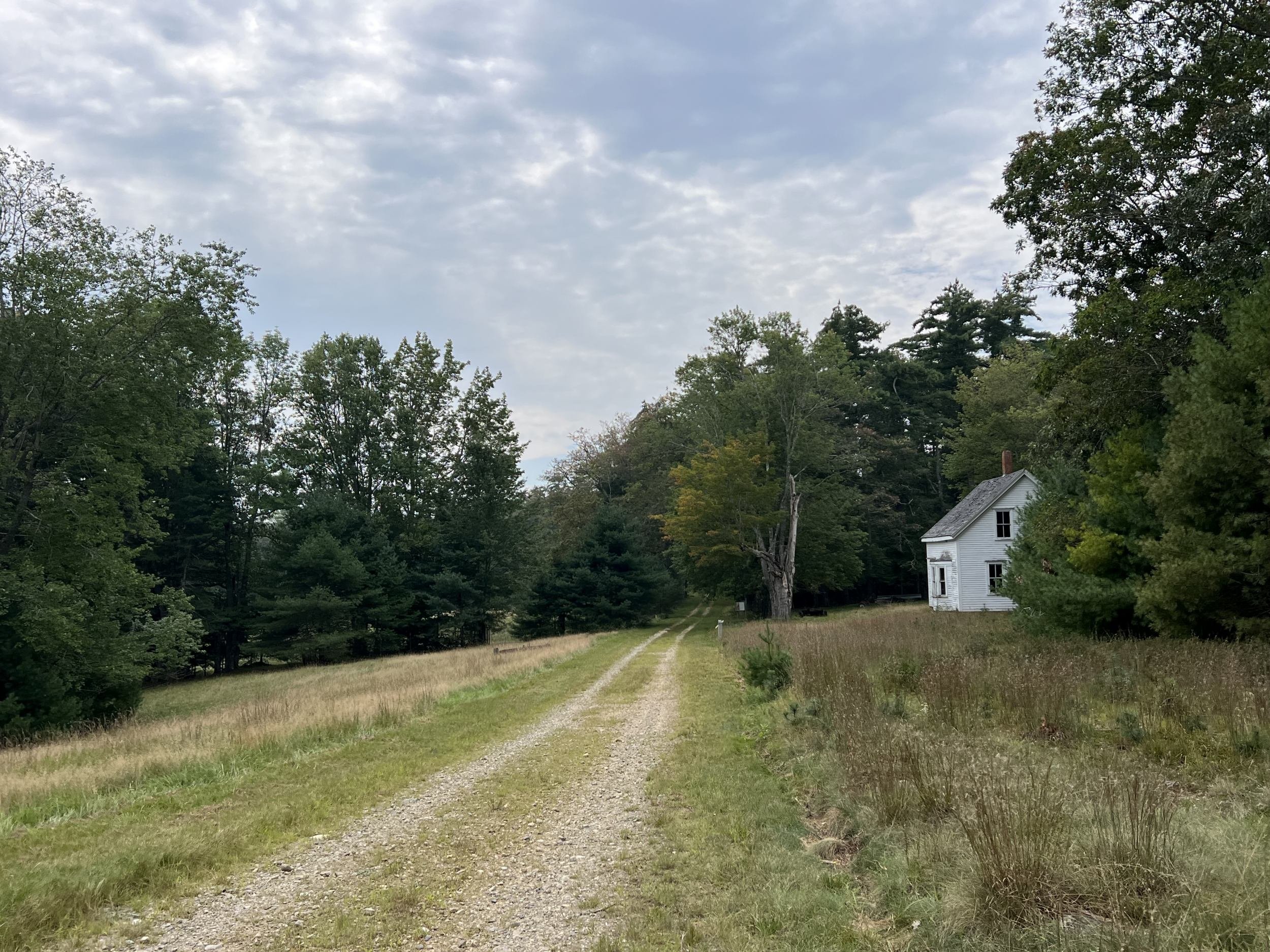
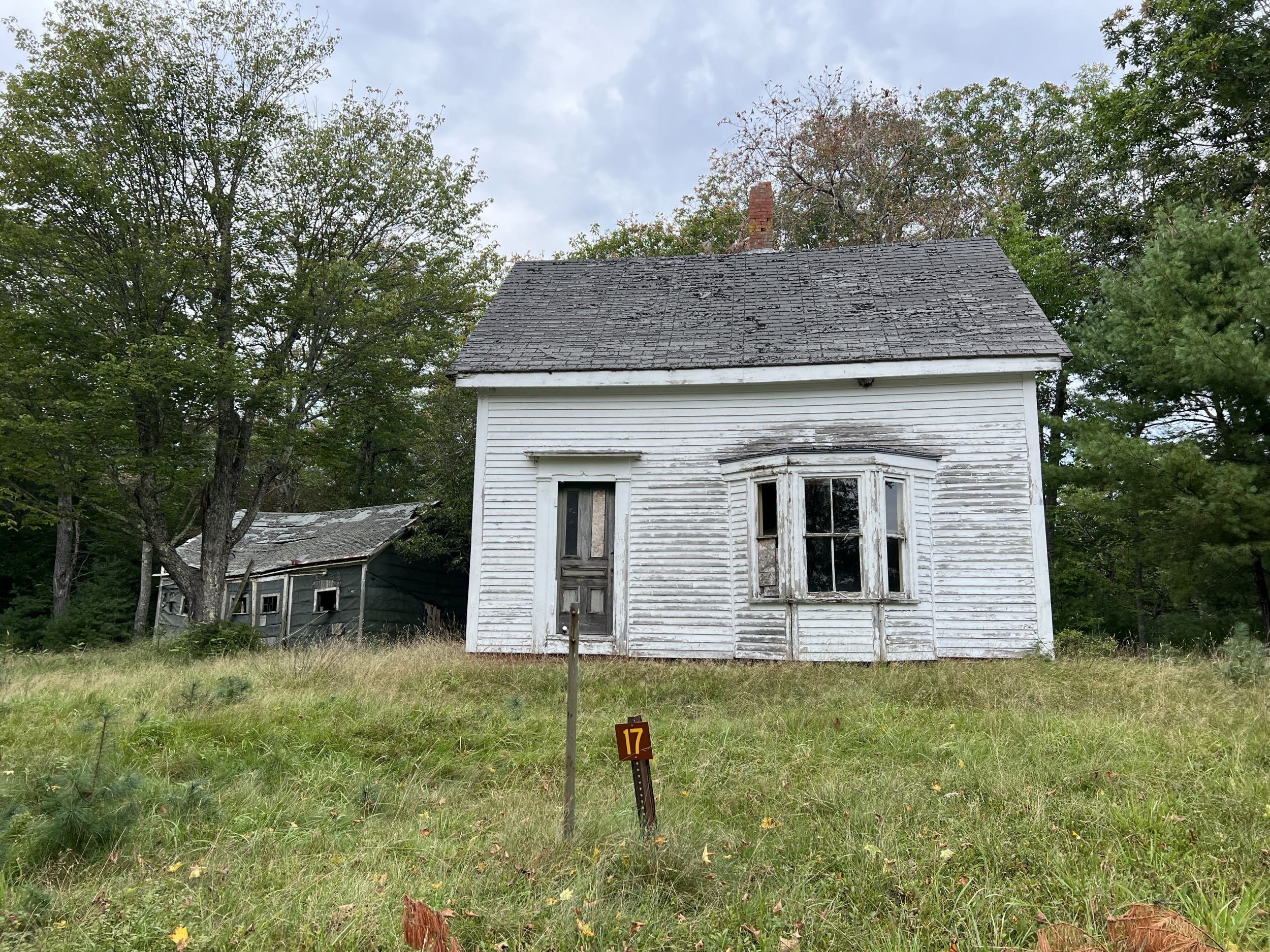
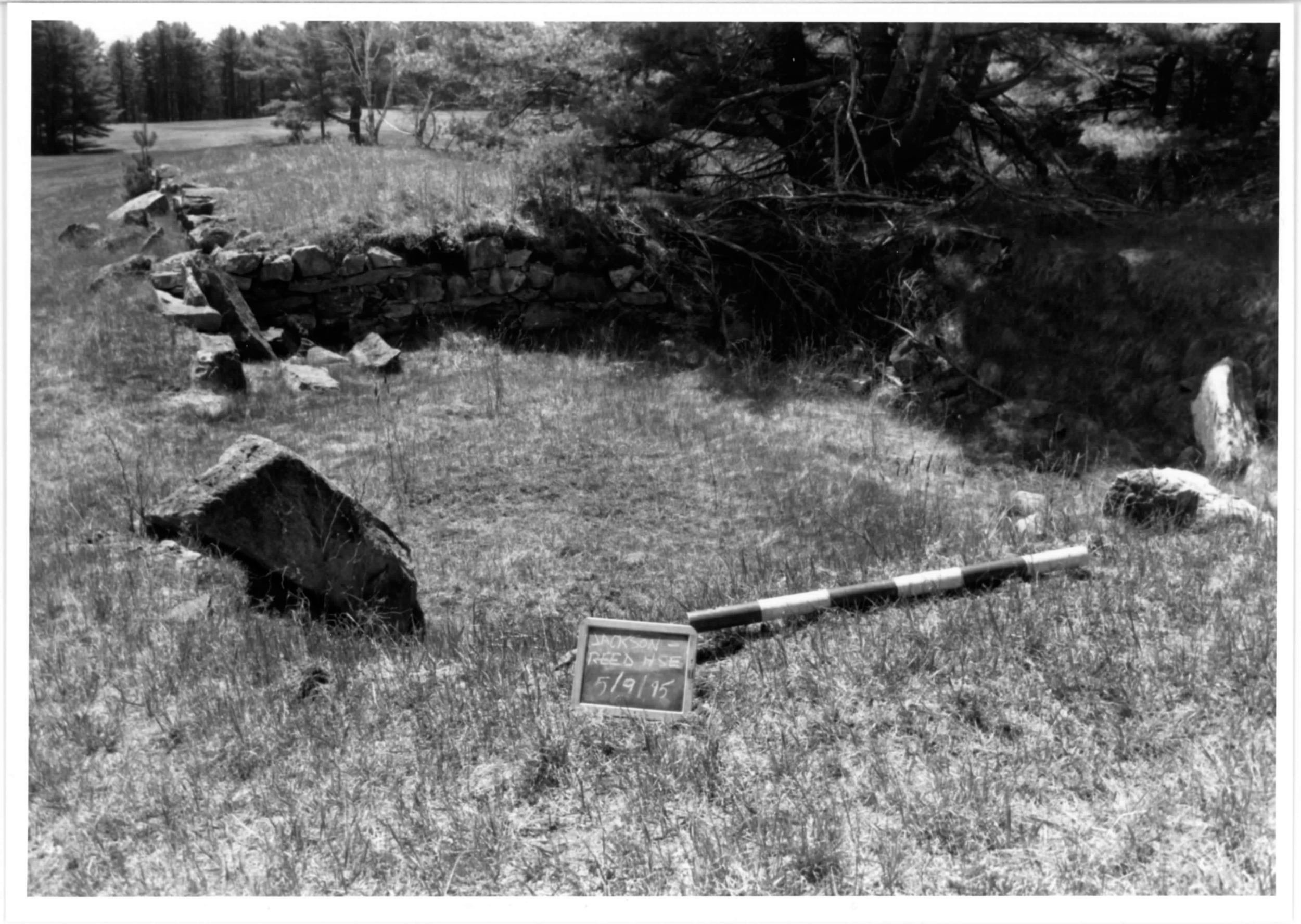
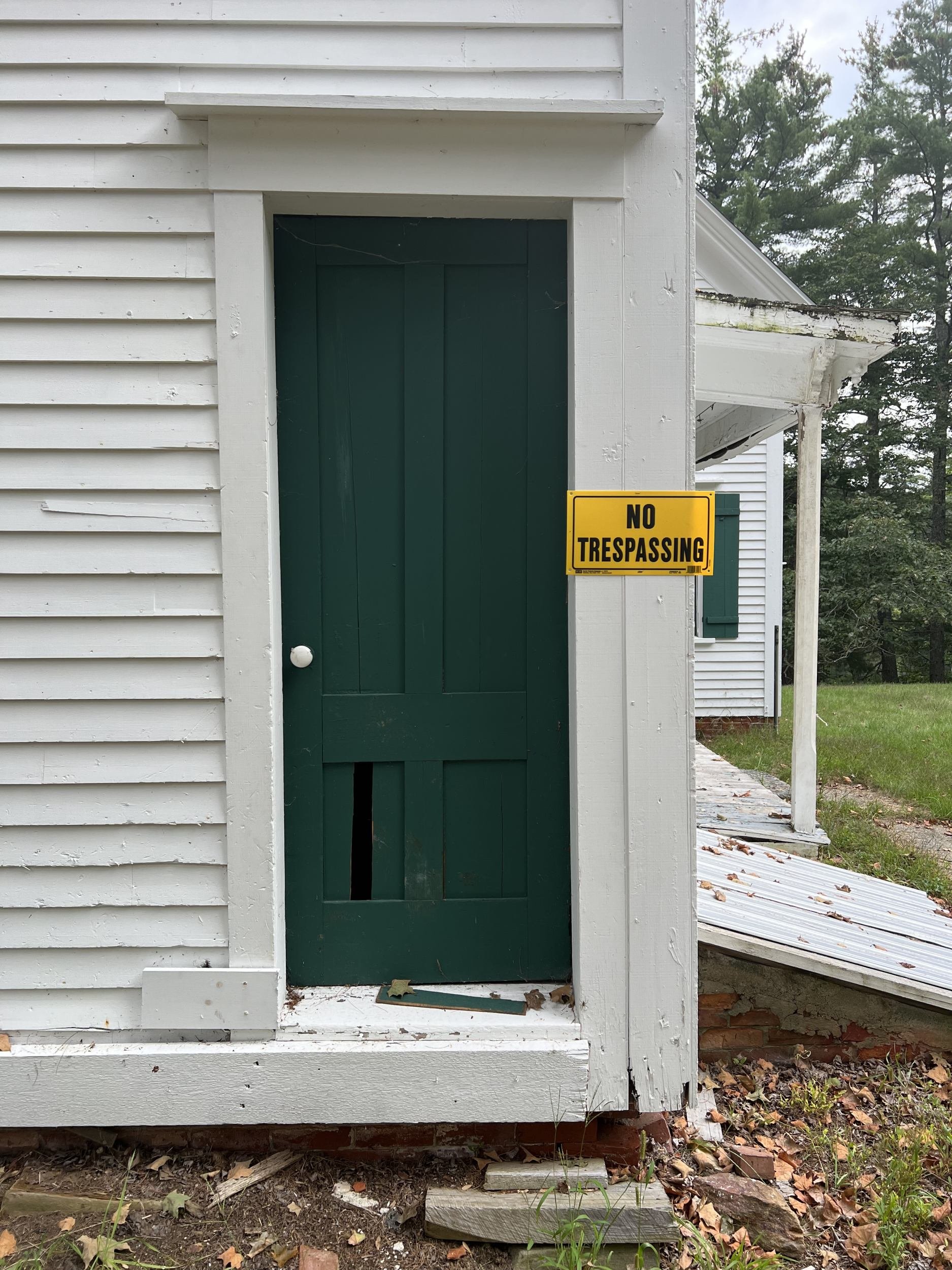
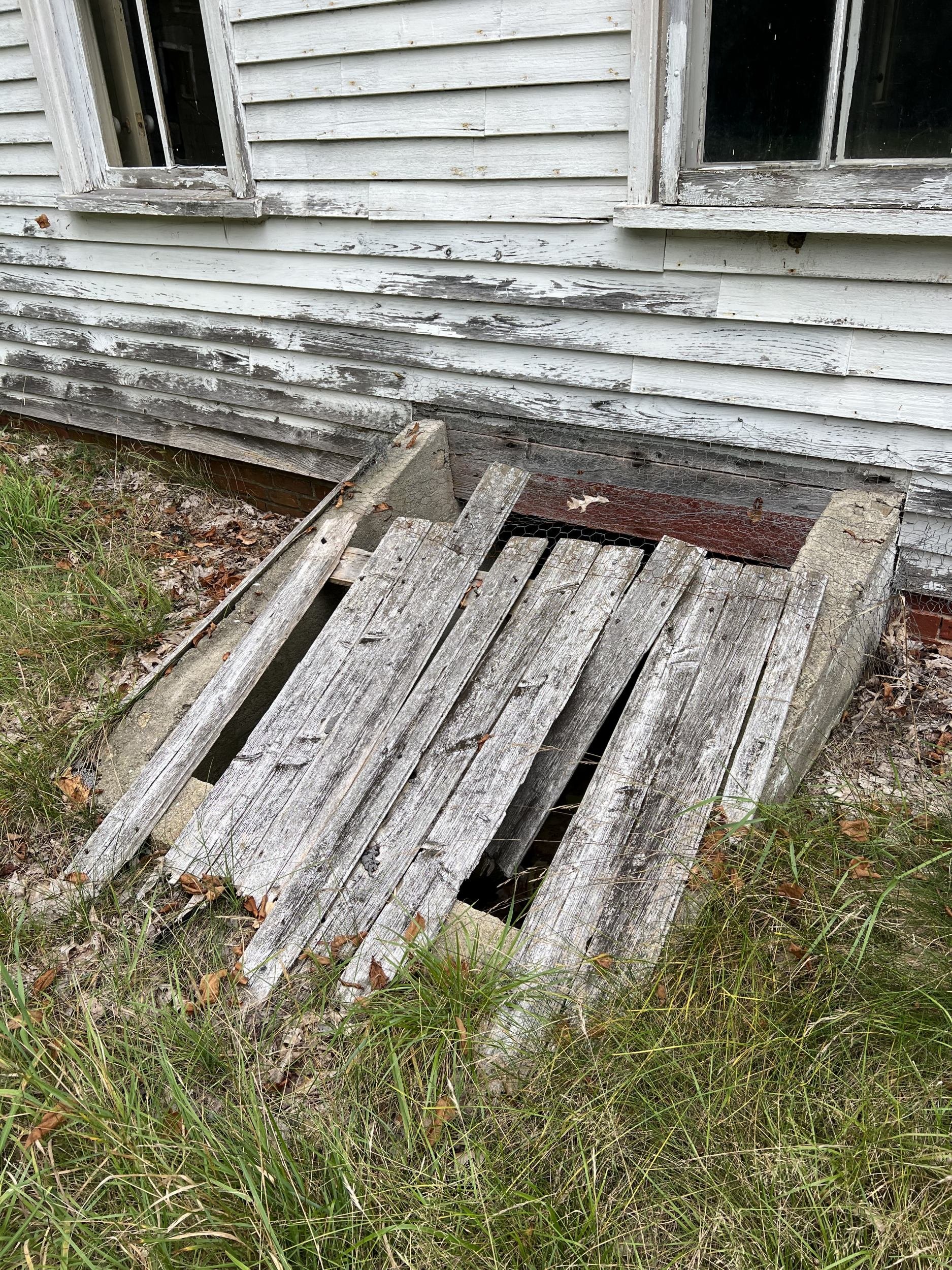
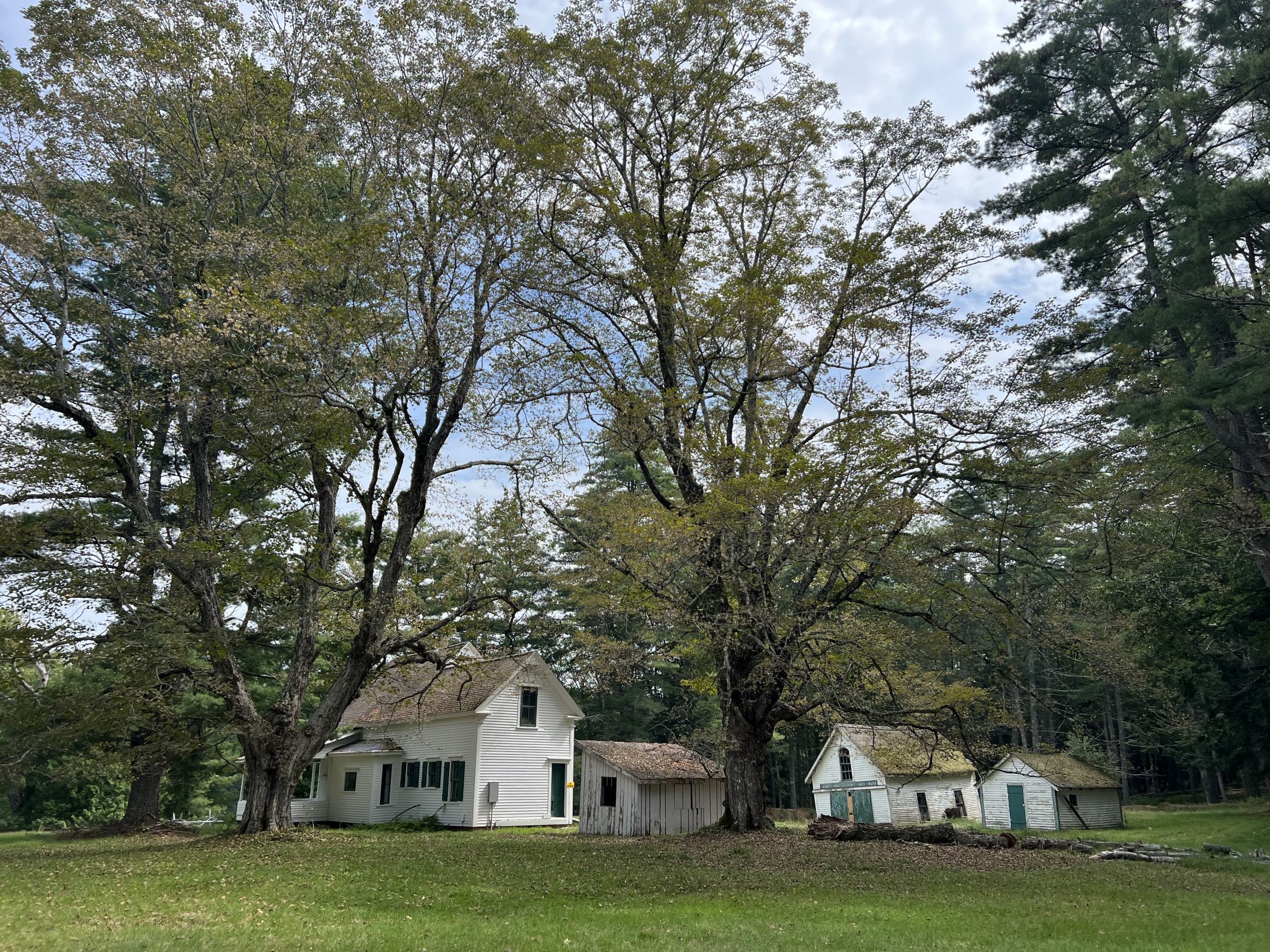
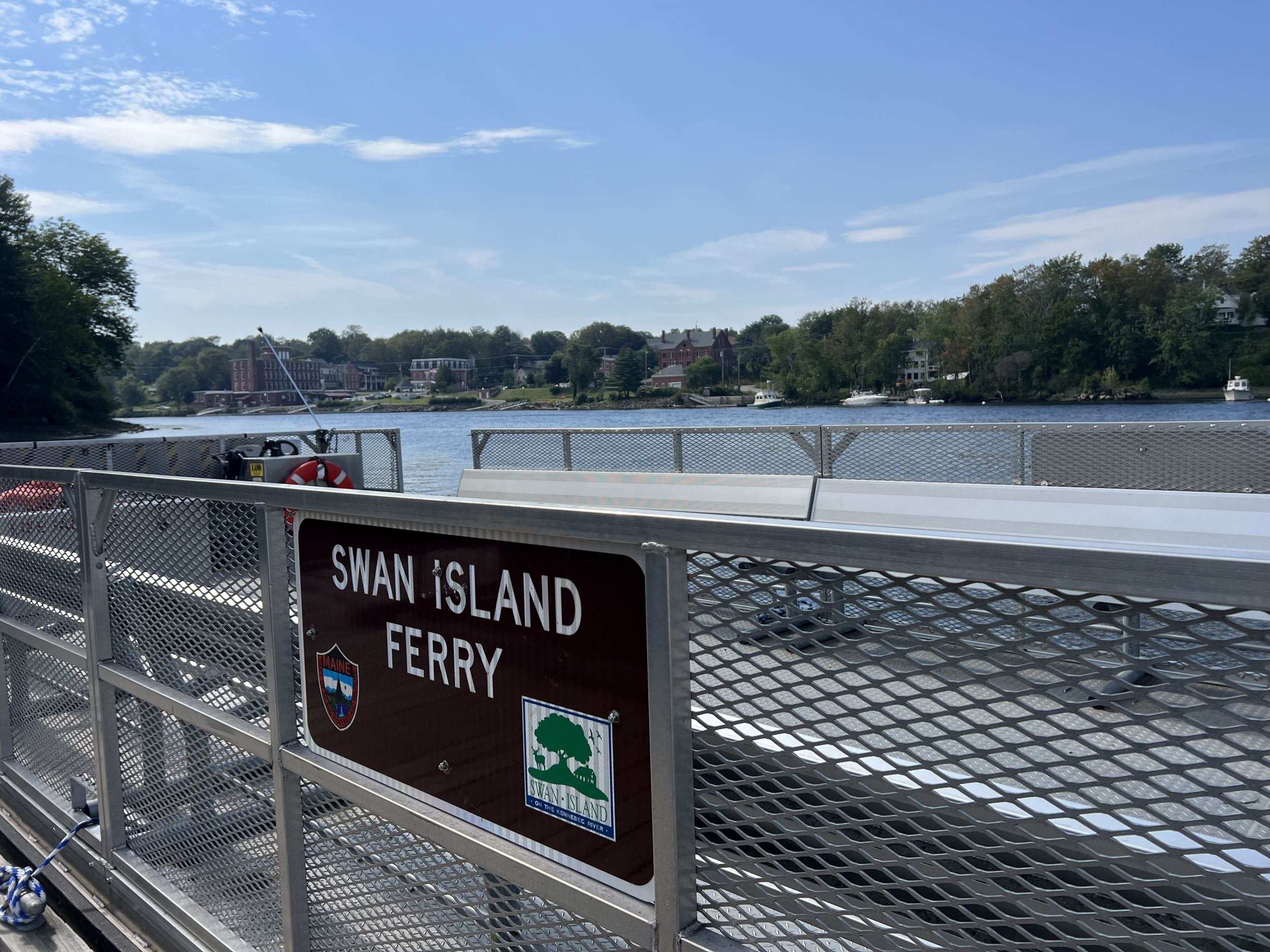
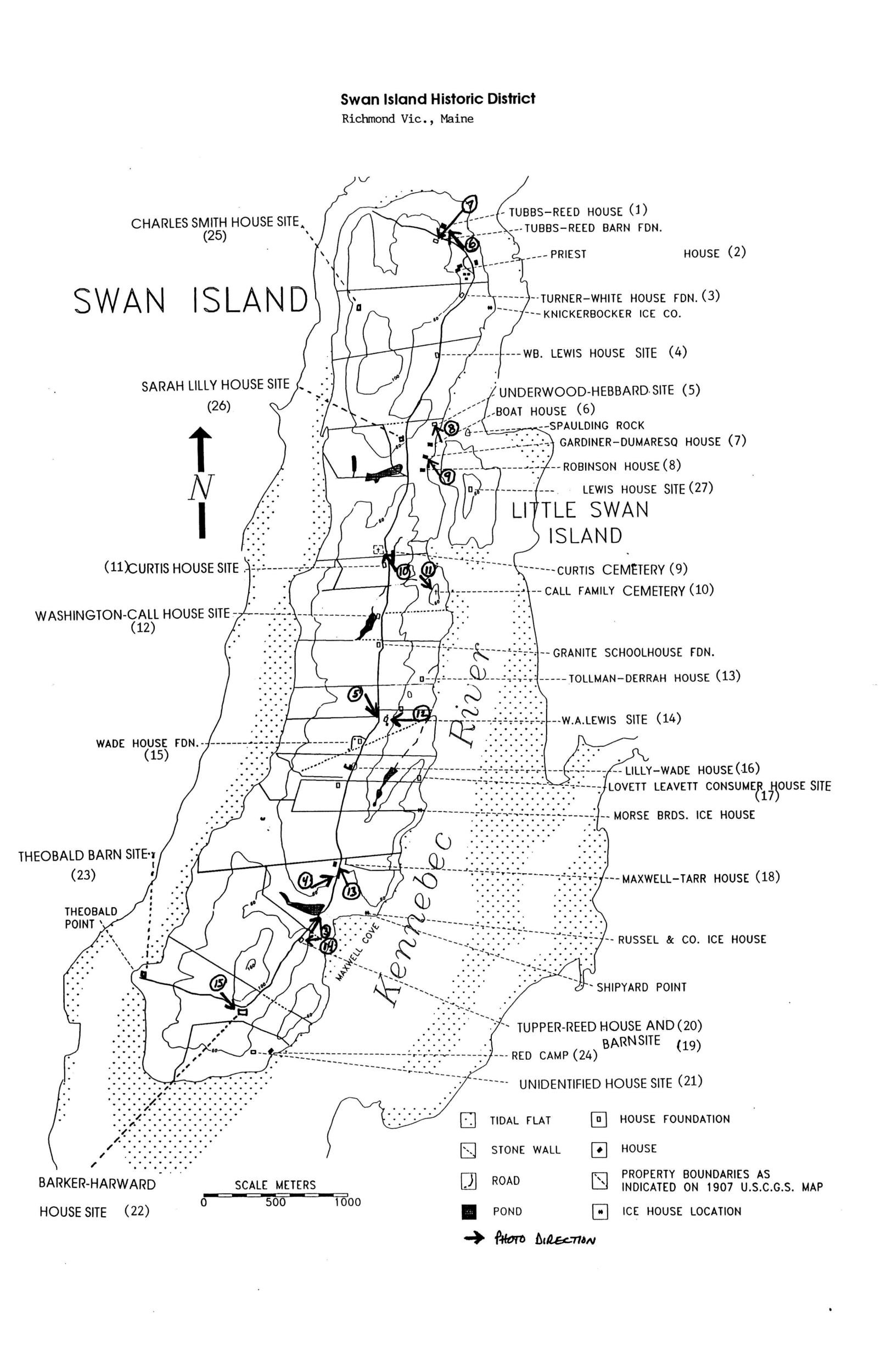
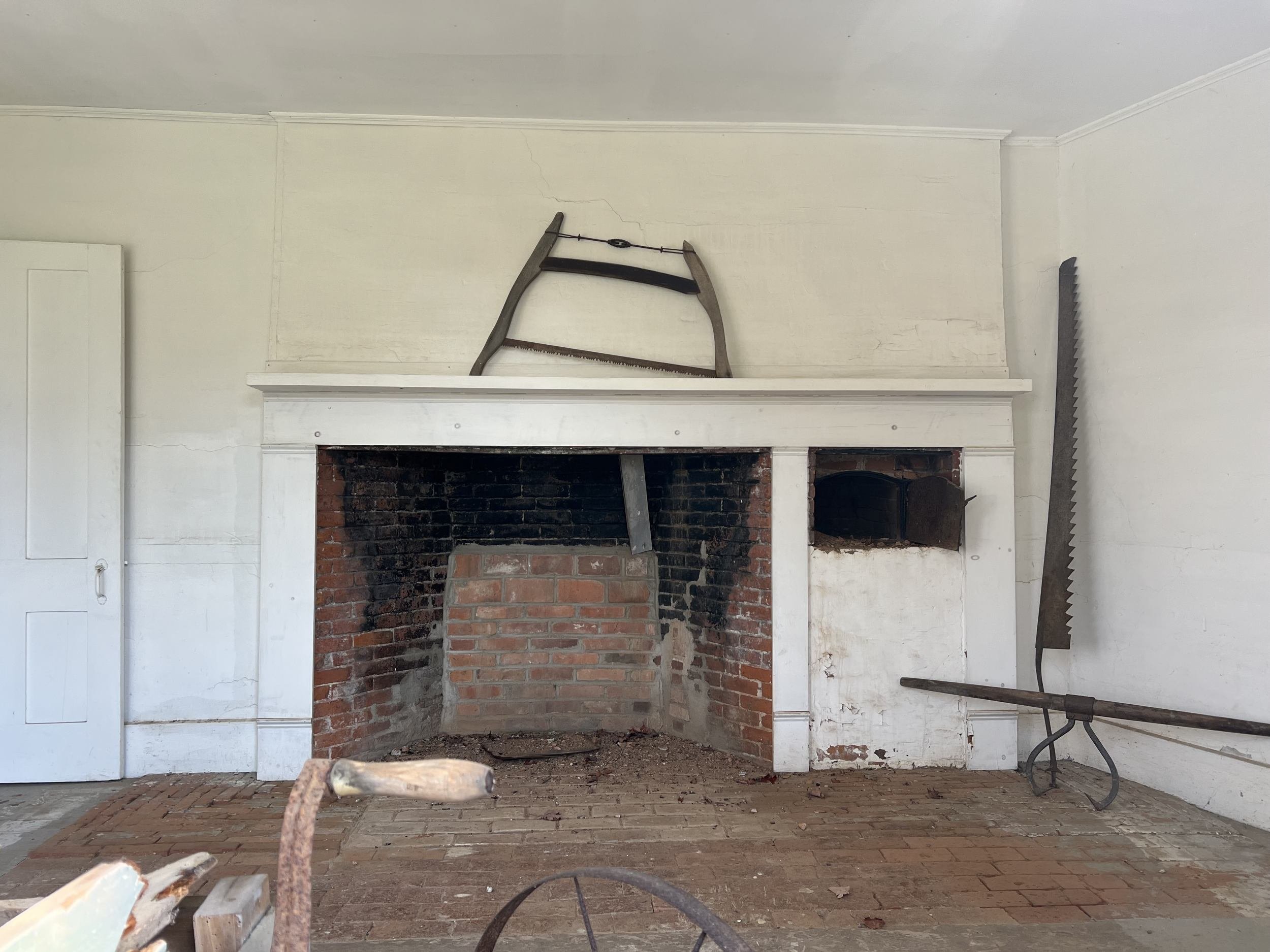
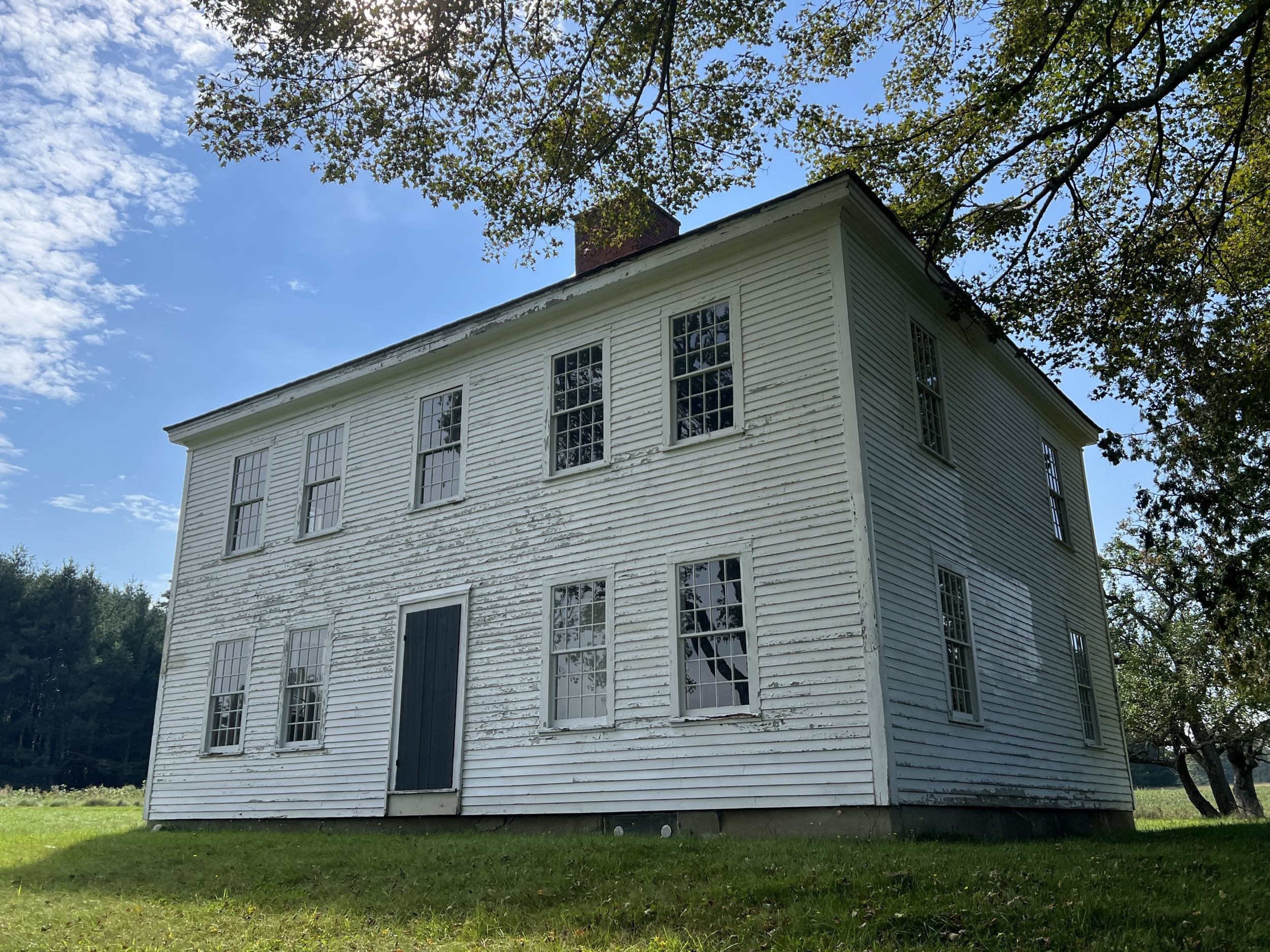
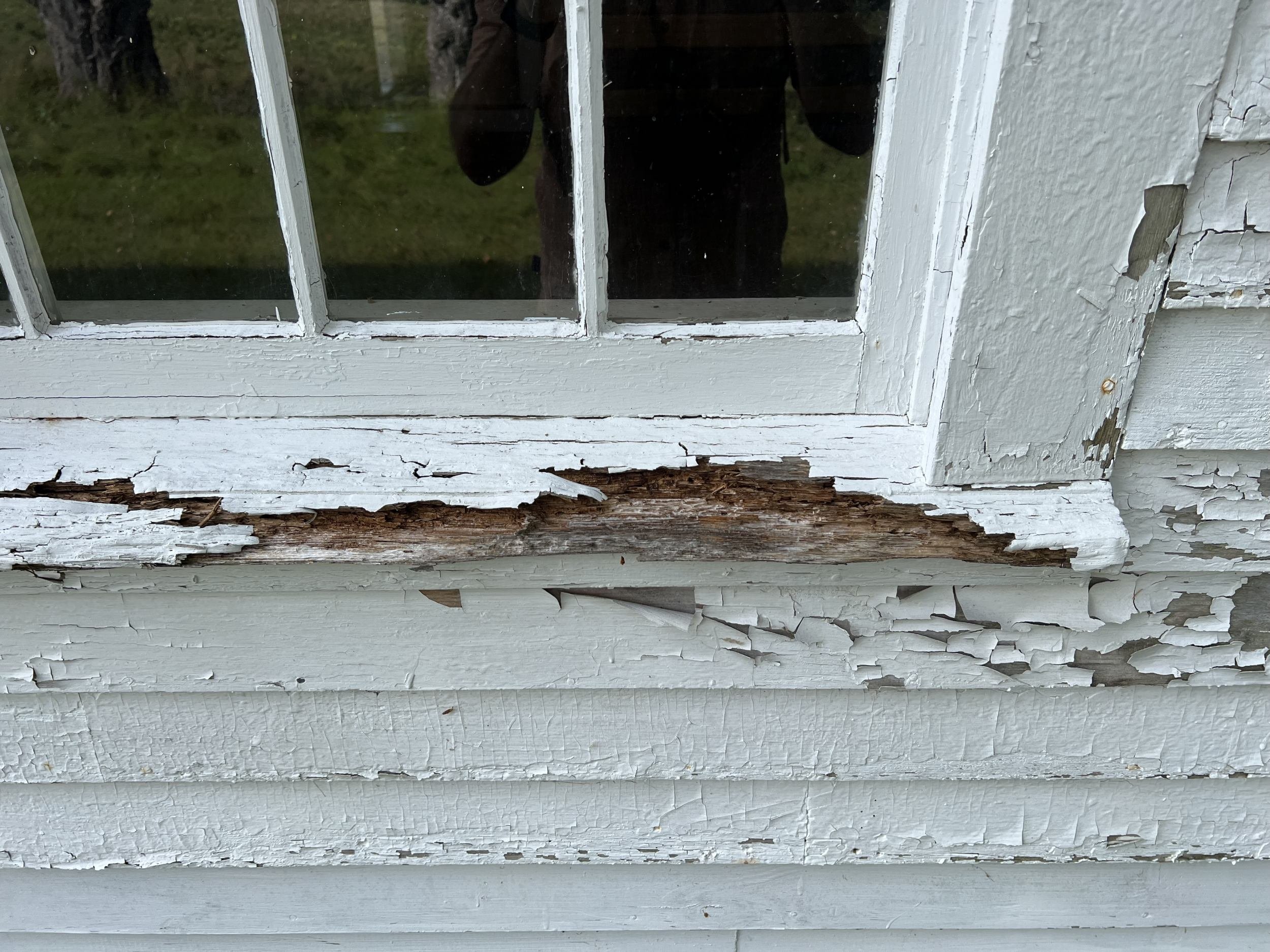
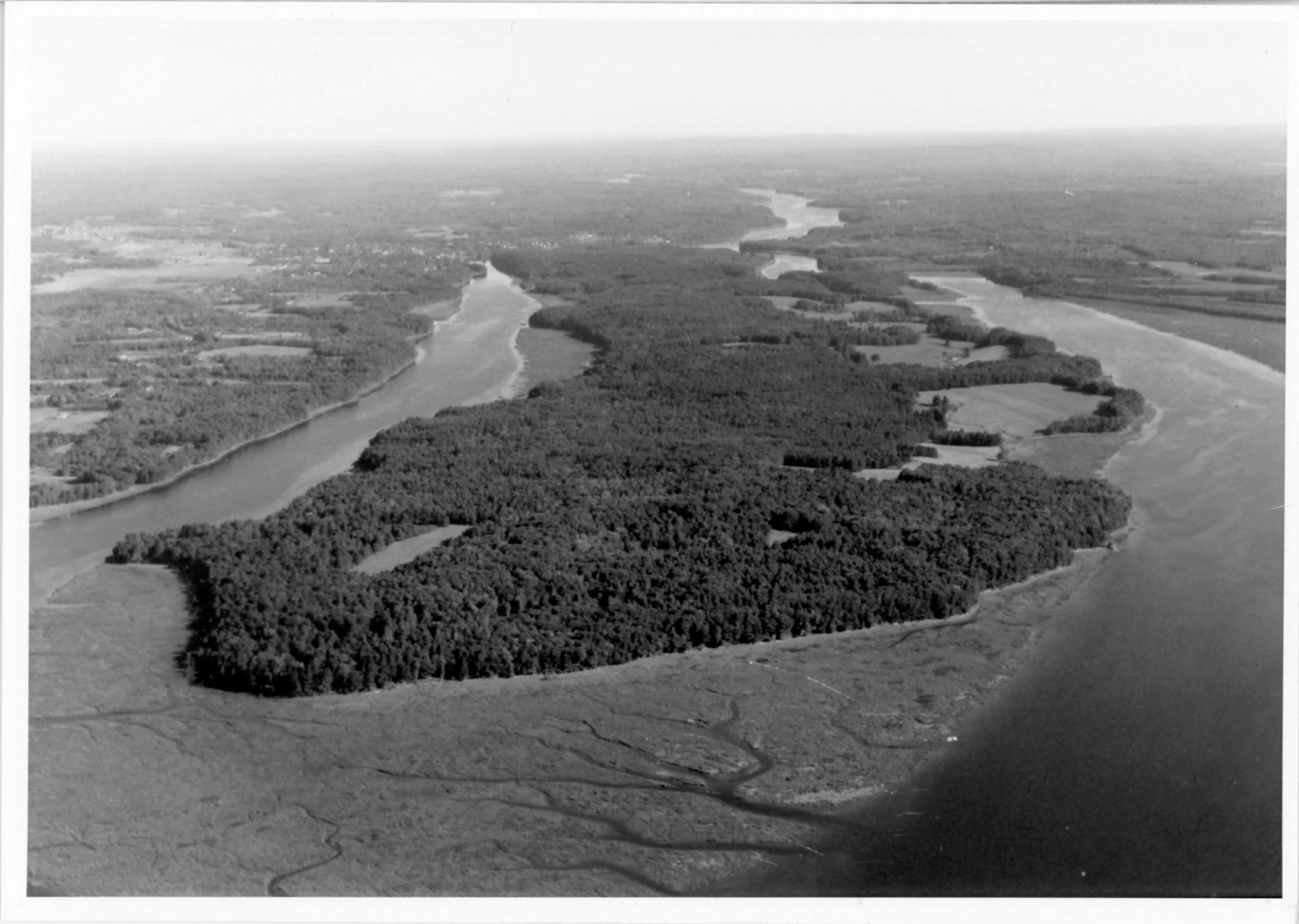
Story
Swan Island has long been a place of prominence, first among the Kennebec tribe of the Abenaki, then European-American settlers arriving in the 17th century, and eventually as the agrarian Town of Perkins. The four-mile-long island’s layers of significance are well documented in the National Register of Historic Places as the Swan Island Historic District (1995). Of note are the extant historic resources, including five houses dating from the 18th and 19th centuries, associated outbuildings, Curtis Cemetery, ruins of over 20 cellars, and old roads. These sites are central to the history of the former Town of Perkins, which at its height in 1860 had nearly 100 residents. Most of the Perkins residents were involved in farming, fishing, harvesting ice, and boat building. In 1918, there were not enough male voters to fill all the required town offices, essentially ending the legal existence of the Town of Perkins. The state took over as the governing body and taxing entity, thus allowing it to slowly acquire property when owners did not pay their taxes. By the 1940s, the island had become nearly uninhabited as the State of Maine transitioned the land into what would eventually become the Steve Powell Wildlife Management Area under the auspices of the Maine Department of Inland Fishers & Wildlife (IF&W).
Historic houses remaining on the island include:
Tubbs-Reed House, c. 1800 – Federal-style house built on a high point overlooking the Kennebec River by Major Samuel Tubbs, a commissioned member of the Massachusetts militia during the Revolutionary War. David Jr. and Drusilla Tallman Reed purchased the house in 1837, with their family retaining control of the property into the 1920s.
Gardiner-Dumaresq House, c. 1763 – Silvester Gardiner, British loyalist and founder of Gardiner and Pittston, built the house as a summer residence for his daughter and son-in-law who lived in Boston. The saltbox house, named for its distinct roof profile, is a rare building form in Maine. The interior fabric remains amazingly intact including a polychrome painted floor, thumbnail molded feather-edge paneling, and central chimney with five fireplaces.
Lilly-Wade Property, c. 1860 – The simple, side-gabled farmhouse featuring Italianate flourishes was likely built by William Lilly, who was recorded farming the adjacent lot and listed as a house joiner. The barn, machinery shed, and corn crib on the site were constructed by the Maine Inland Fishers and Game Department in the 1940s as part of their efforts to manage the local deer population.
Robinson-Powell House, c. 1886-1889 – The 2.5 story, gable-front farmhouse features decorative brackets, window hoods, bay windows, corner pilasters, and carved vergeboard. Not much is known about the first owner, James Alvin Robinson. The Island Manager and namesake of the current wildlife management area, Steve Powell, resided in the house with his family. The site includes a woodshed, boathouse, and workshop.
Priest Property, c. 1930 – 1.5 story house and side ell feature a gambrel roof, shed dormers, and an enclosed porch. The island’s last caretaker, Parker Blen, along with his wife and granddaughter resided at the property. Its more recent construction likely made it attractive for IF&W staff housing. The discovery of mold and the accompanying cost for remediation shuttered the historic house. Staff now overnight at an island campsite.
Threat
This isn’t the first time that we have called attention to the plight of the historic resources on Swan Island. Our 2001 list of Most Endangered Historic Places first highlighted the need for action to preserve these places significant to Maine’s history.
The constraints for successful and sustainable preservation of the historic resources on Swan Island are myriad. Most recently, access is at the top of the list. In July 2022, the United States Coast Guard halted use of the state-operated ferry after it was determined that it was operating unlawfully, although the state contested that it had the proper permitting. The immediate result was the cancellation of field trips and summer programming, and ultimately the state ended ferry service the following summer. The IF&W announced the costs to operate and captain the ferry were too high, even after having just upgraded the ferry in 2015 and investing $300,000 to repair the Richmond side dock. The ferry provided public access for six decades, and without it, those interested in camping, hiking, hunting, fishing, and generally recreating on the island must traverse the Kennebec River by their own means. Less eyes and attention on the historic buildings, especially those that are vacant, does not bode well for ongoing maintenance and care.
The second challenge is developing sustainable uses and accompanying funding for rehabilitation and maintenance of the buildings. The State of Maine used federal funds in the early acquisition and management of the island, which now prevents it from using any state funds for activities unrelated to wildlife management, including those related to preservation and interpretation of the island’s historic resources–even camping. In the early 2000s, a nonprofit called the Friends of Swan Island (FOSI) formed to raise money to support the island’s historic buildings. With help from local historical societies and partners, FOSI successfully fundraised and secured grant awards to develop preservation planning documents, replace roofs, conduct critical repairs and painting. Due to a lack of capacity and energy, the Friends dissolved a few years ago but there is renewed interest in its rebirth.
Finally, without programmed uses, it’s inevitable that these significant buildings would remain in a cycle of upkeep and disrepair. IF&W already permits camping, hiking, fishing, and paddling, so there are several potential types of uses for the buildings that would not conflict with the conservation and research goals of the wildlife management area. Putting these former houses and outbuildings to use–as a visitor center, housing for IF&W staff and researchers, or unique lodging for paddlers exploring the Kennebec River–ensures a sound investment while also contributing to the economic and cultural vitality of the region.
How to Get Involved
We understand IF&W’s mandate in operating the Steve Powell Wildlife Management Area but believe that as a state agency it should also be a willing partner towards solutions that benefit both their work and the preservation of the historic houses and cemetery on Swan Island. Contact the Maine IF&W to express your support in restarting the Swan Island Ferry, even in a limited capacity, to allow for continued public access and exploration of partnerships to better address the preservation of the island’s remaining historic resources. The Steve Powell Wildlife Management Area is under the direction of IF&W’s Region B office located in Sidney, (207)287-5300.
If you are a resident of an abutting town, including Richmond, Bowdoinham, Woolwich, Dresden, and even Gardiner, that historically were linked to Swan Island and remain important to its future, you should ask your local leaders to get involved in the conversation. Encourage them to reform the Swan Island Advisory Group, which until very recently, was made up of representatives from these communities who met on an annual basis to consider ways to support this important resource.
To stay informed or get involved in reforming the Friends of Swan Island, visit their new website - https://swanislandmaine.org/.

